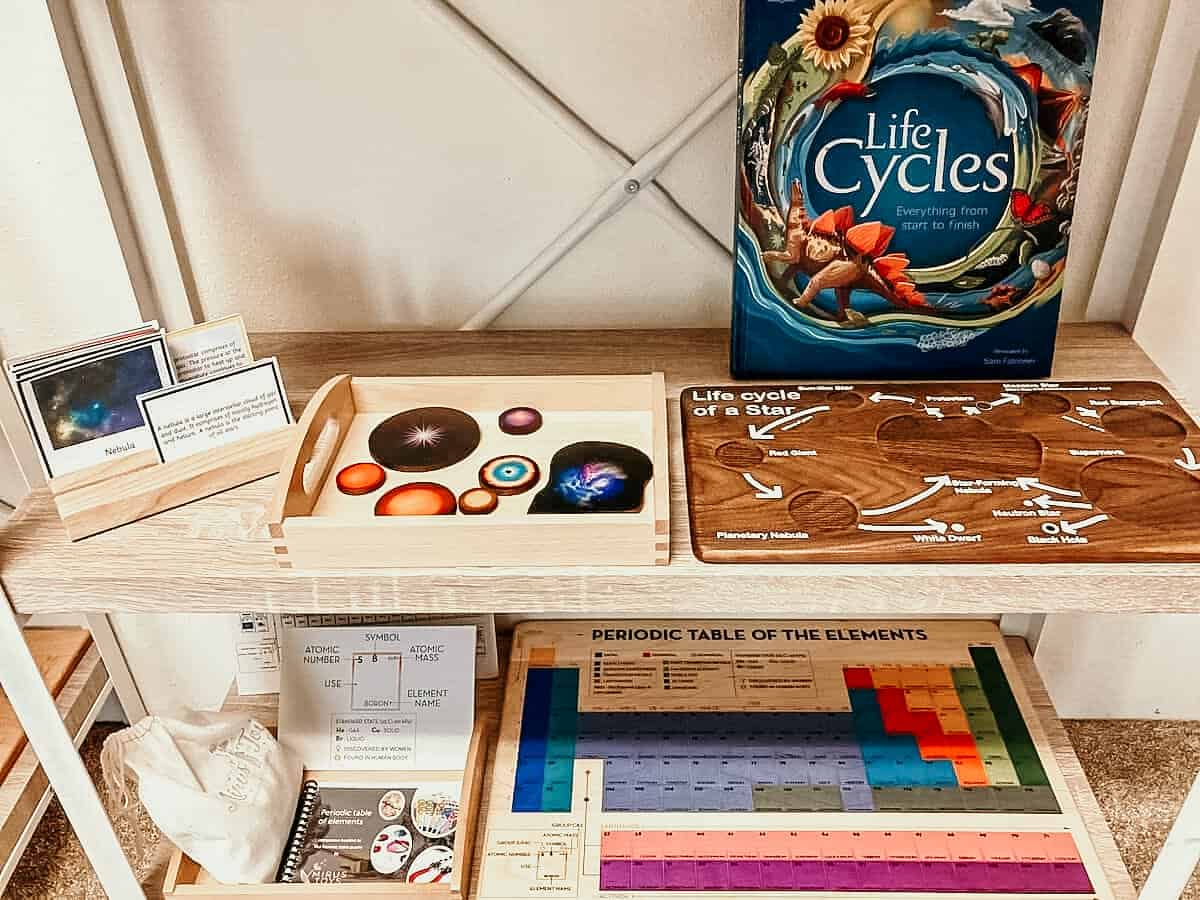
"Children need to know what came before our sun and planets. If they spend some time studying the formation of the galaxies, the life cycles of the stars, and their contribution to the evolutionary story, they will have a fuller answer to the question "Where do I come from?" Our sun did not just appear in the sky from the first moment after the Big Bang. It is a descendant of 8 billion years of creativity. And we humans do not have just a metaphorical link with the stars; we are descendants of the life cycle of the stars in a real, physical sense."
- Michael and D'Neil Duffy
We're excited to share the History of the Universe with the Montessori First Great Lesson. These materials and follow-up works are appropriate for the Primary and Elementary years.
Jump to:
- Books About the Universe
- How to Homeschool Elementary
- Mooncakes
- Free Mooncake Recipe for Pre-Readers & Up
- History of the Universe: The Montessori First Great Lesson
- Black History Books
- History of the Universe: The Montessori First Great Lesson Conclusion
- More Elementary Resources
- History of the Universe for Kids
Disclosure of Material Connection: Some of the links in the post are “affiliate links.” This means if you click on the link and purchase the item, I will receive an affiliate commission. Amazon links are not affiliate links. You can read my full affiliate disclosure.
The kids couldn't wait to get started with this awesome Astronomy unit and we've been having a blast with it.
In fact, we've enjoyed it so much, we made you a free printable: constellations 3-part cards and seasons sorting activity. You can find it near the bottom of the screen or use the table of contents above to skip to it.
You can check out our Montessori Elementary Curriculum resources and our Montessori Books About the Universe for more details on what you see below.
Books About the Universe
Big Bang, Solar System, Constellations, Life Cycles, and more!
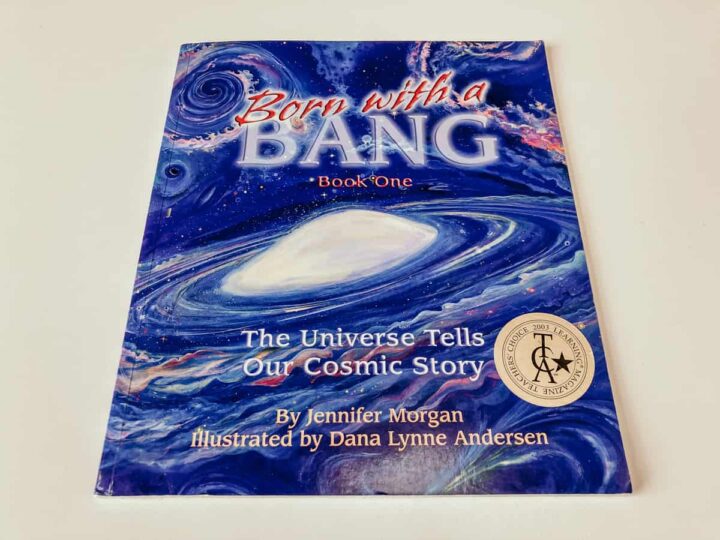
Oftentimes, people shy away from Science because they feel intimidated by the content. Well, I'm here to tell you not to be. It can be so much fun, especially when you're doing it the Montessori way. As a result, we hope you take the opportunity to enjoy these awesome resources too.
Stop by our homeschool tour when you're done here to see more.
The First Great Lesson a.k.a. The Story of the Universe is the introduction to the Cosmic Curriculum and it's traditionally given to Elementary students near the beginning of the school year. It tells the story of how our universe began, including our galaxy, the sun, the planets, and the Earth.
Montessori's Five Great Lessons provide children with a contextual understanding of who they are, where they come from, and their unique purpose or cosmic task. Sounds like a big undertaking, right? Well, it doesn't have to be.
The Montessori Elementary Curriculum operates on a 3-year cycle. As a result, there is a spiraling effect. The subject matter is introduced more than once, making it easy for children to revisit and explore in greater detail what interests them. The Five Great Lessons are actually retold every year in an attempt to spark a child's interest in a subject area and give them the opportunity to dive deeper.
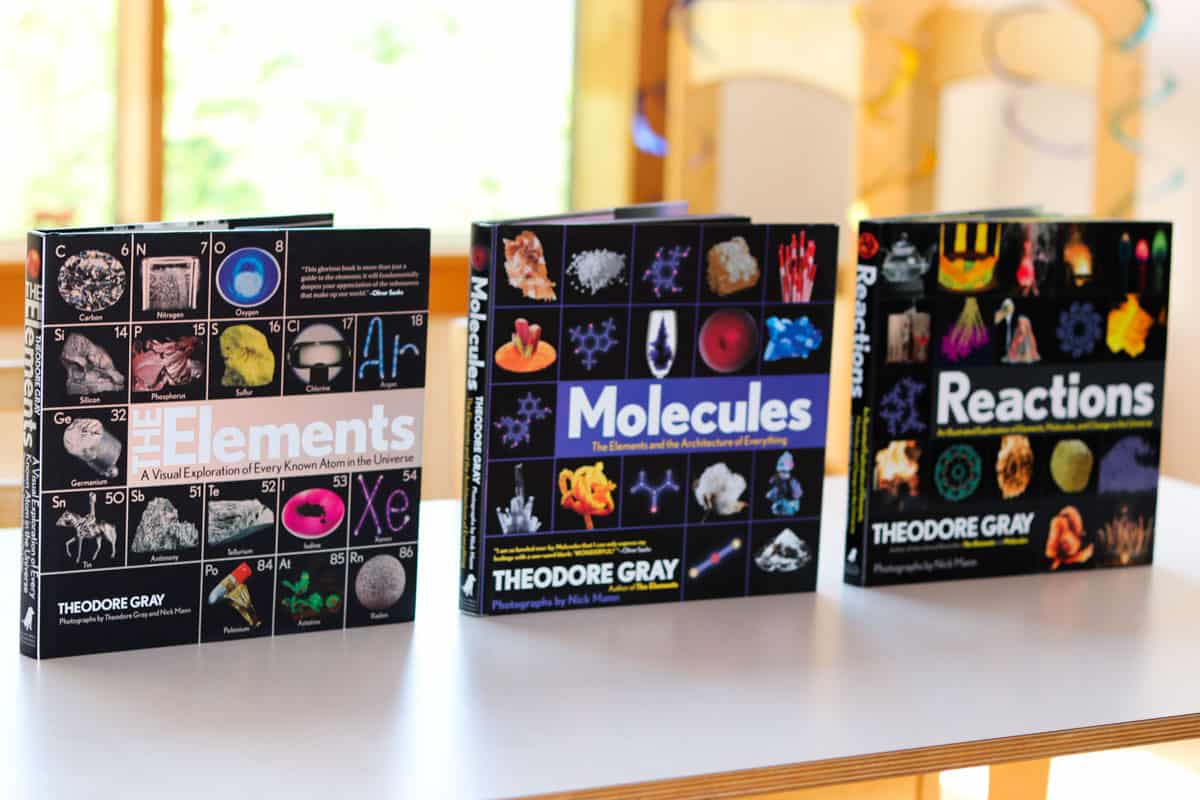
Since we are including Primary and Elementary students in our First Great Lesson, my goal is to strike a balance between what's been taught in Primary in the past with what to introduce to a Lower Elementary student. The Elements, Molecules, and Reactions are new for us this year and are perfect for exploring the formation of the universe.
I like to introduce content and materials that are buildable, knowing that some topics will be revisited in the future.
This Montessori First Great Lesson Materials and Follow-Up for Primary and Elementary covers Sensorial, Language, Math, Science, Geography, History, and Art.
Every child is on their own unique path and will be naturally drawn to what interests them most. As a result, there's something in here for everyone. Luckily, there are a lot of different directions you can take with this lesson.
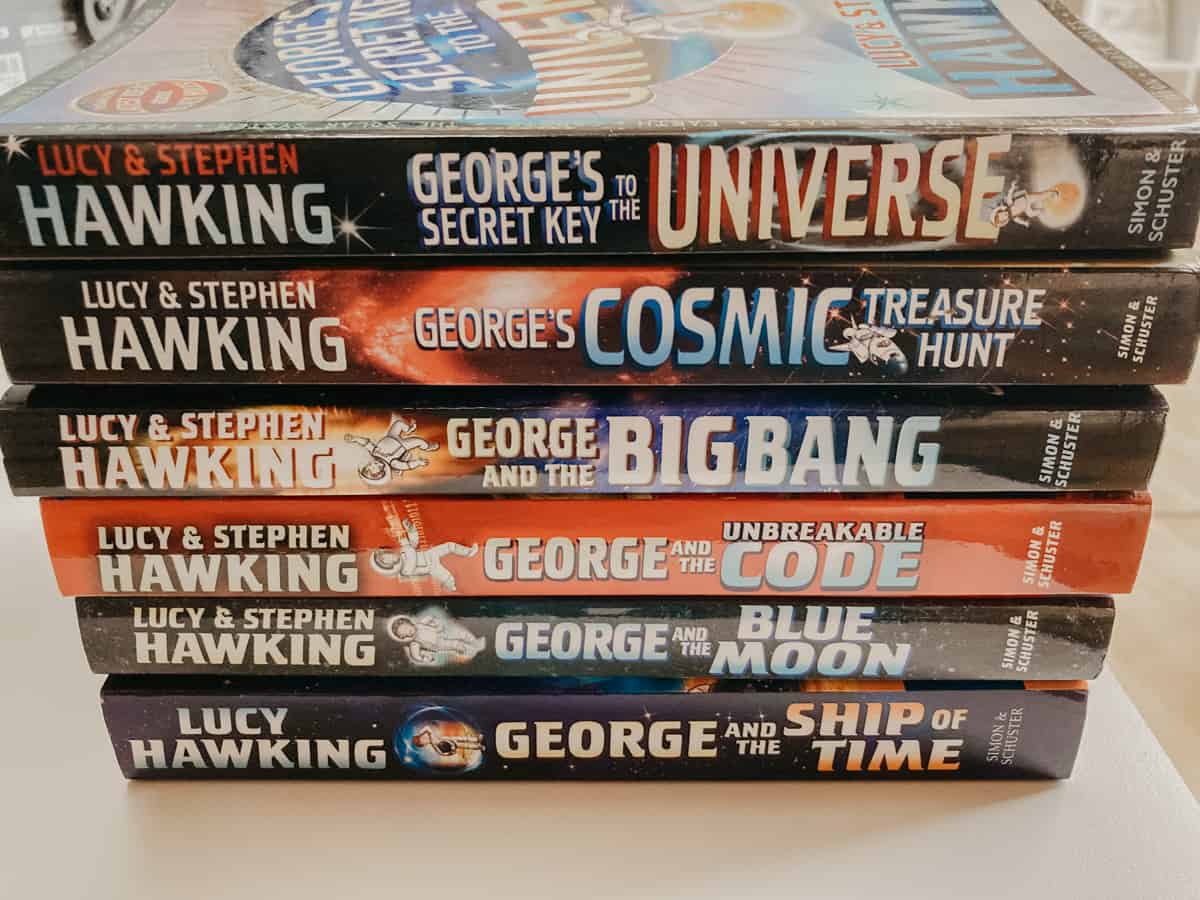
Again, there's something in here for everyone. Joshua, the youngest, enjoys the board books and being present during our read-aloud of George's Secret Key to the Universe just as much as the rest of us. In fact, we liked it so much that we ended up reading this whole series together. You can always start with the first book and go from there.
You may find that most of these materials and follow-up works are geared toward children ages 2 - 12. Of course, if your child is mouthing small objects, you can hold off on some of these materials.
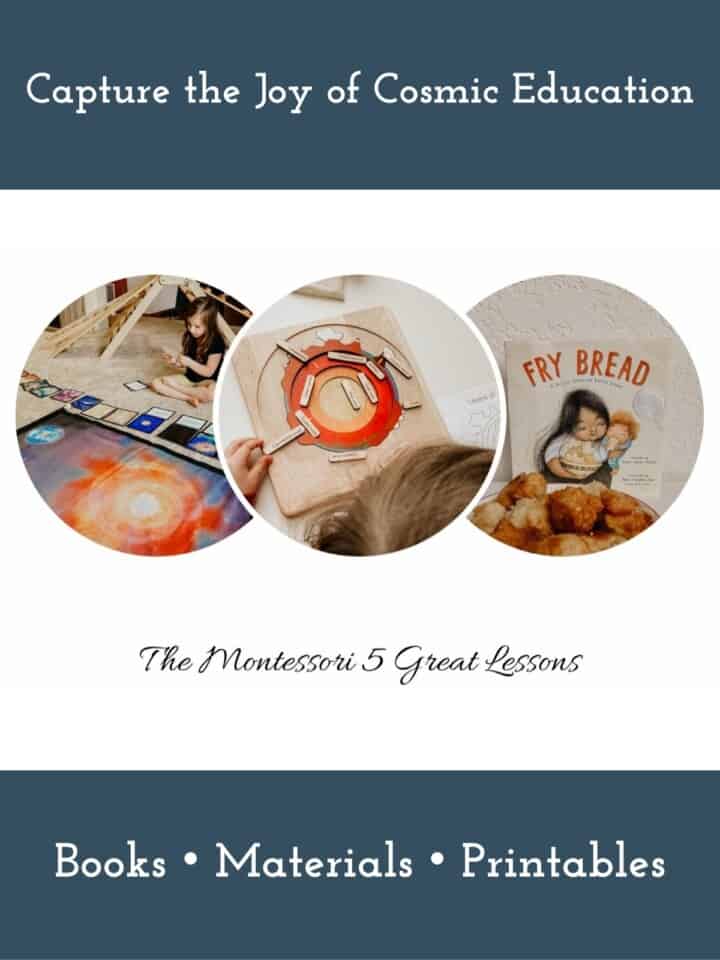
How to Homeschool Elementary
A Family-Style Approach to the Montessori Great Lessons
Free Montessori Great Lessons Series
Do you want assistance with planning your year? We've put together a FREE series on the Great Lessons for elementary and family-style learning that will take the overwhelm out of the beginning of your school year and keep you moving with ease all the way to spring.
Explore the Montessori Great Lessons, the introduction to the Cosmic Curriculum, traditionally given to Elementary students near the beginning of the school year. This free 5-part weekly email series will help you tell the story of how our universe began all the way to the origins of language and numbers.
Montessori's Five Great Lessons provide children with a contextual understanding of who they are, where they come from, and their unique purpose or cosmic task. Sounds like a big undertaking, right? Well, it doesn't have to be.
Learn more about this elementary homeschool course.

free recipe!
Mooncakes
Elegant sweets that represent the earth and sky.
Free Mooncake Recipe for Pre-Readers & Up
Grab your free printable recipe cards above. Kids can gather ingredients using the ingredient list, gather their equipment with the tools list, and prepare the meal using the step-by-step recipe cards, with assistance as needed.
The cards are easy to use, include pictures, and encourage confidence and independence in the kitchen. They also make an excellent addition to your Montessori continent box for Asia.
History of the Universe: The Montessori First Great Lesson
This Montessori First Great Lesson contains materials and follow-up work for all ages, but especially ages 2-12. It contains books, printables, and hands-on activities.
More specifically, it covers topics such as The Big Bang, Laws of the Universe Experiments, and creation stories.
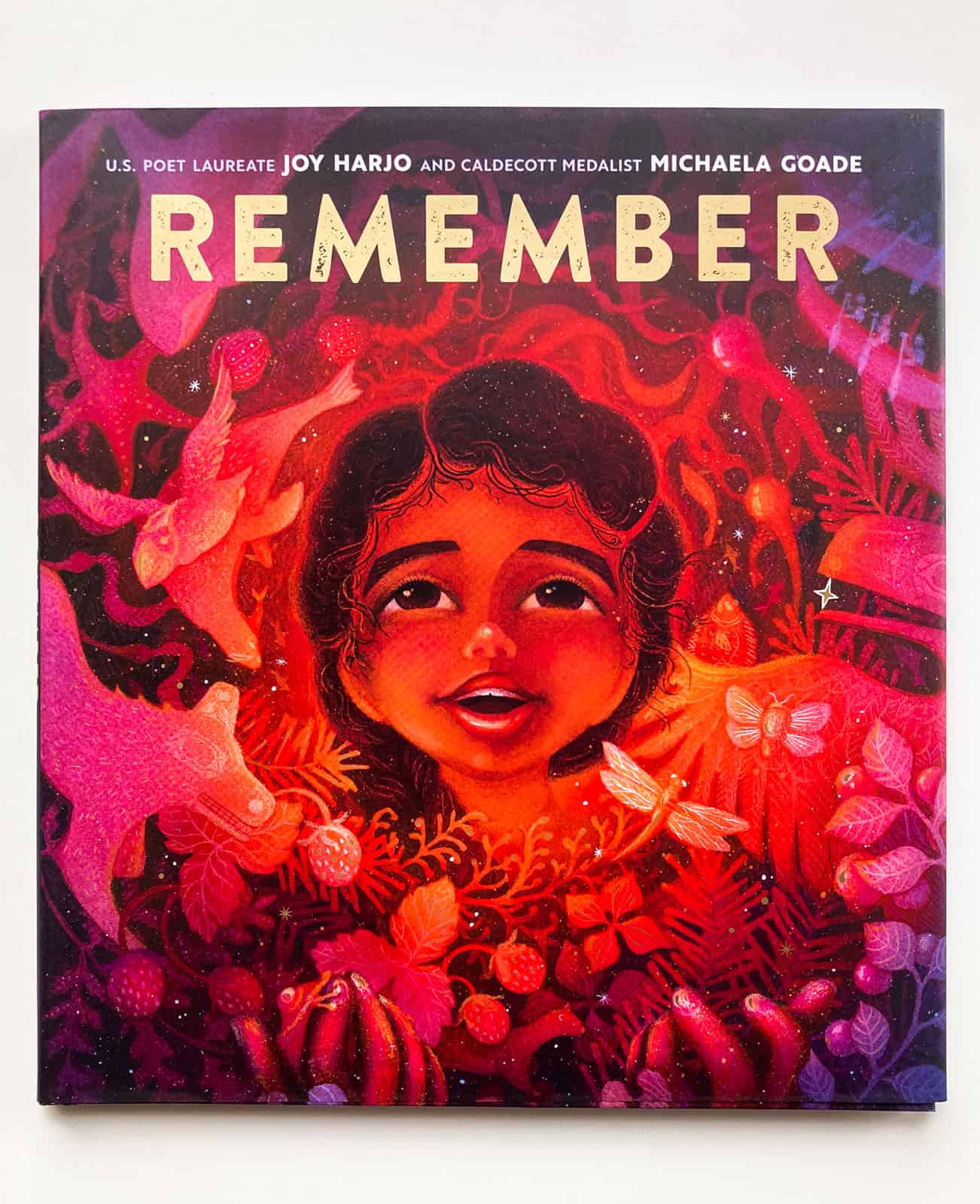
Remember by Joy Harjo, member of the Mvskoke Nation, and Michaela Goade, member of the Tlingit Nation, is the perfect picture book to pair with Montessori's Great Lessons.
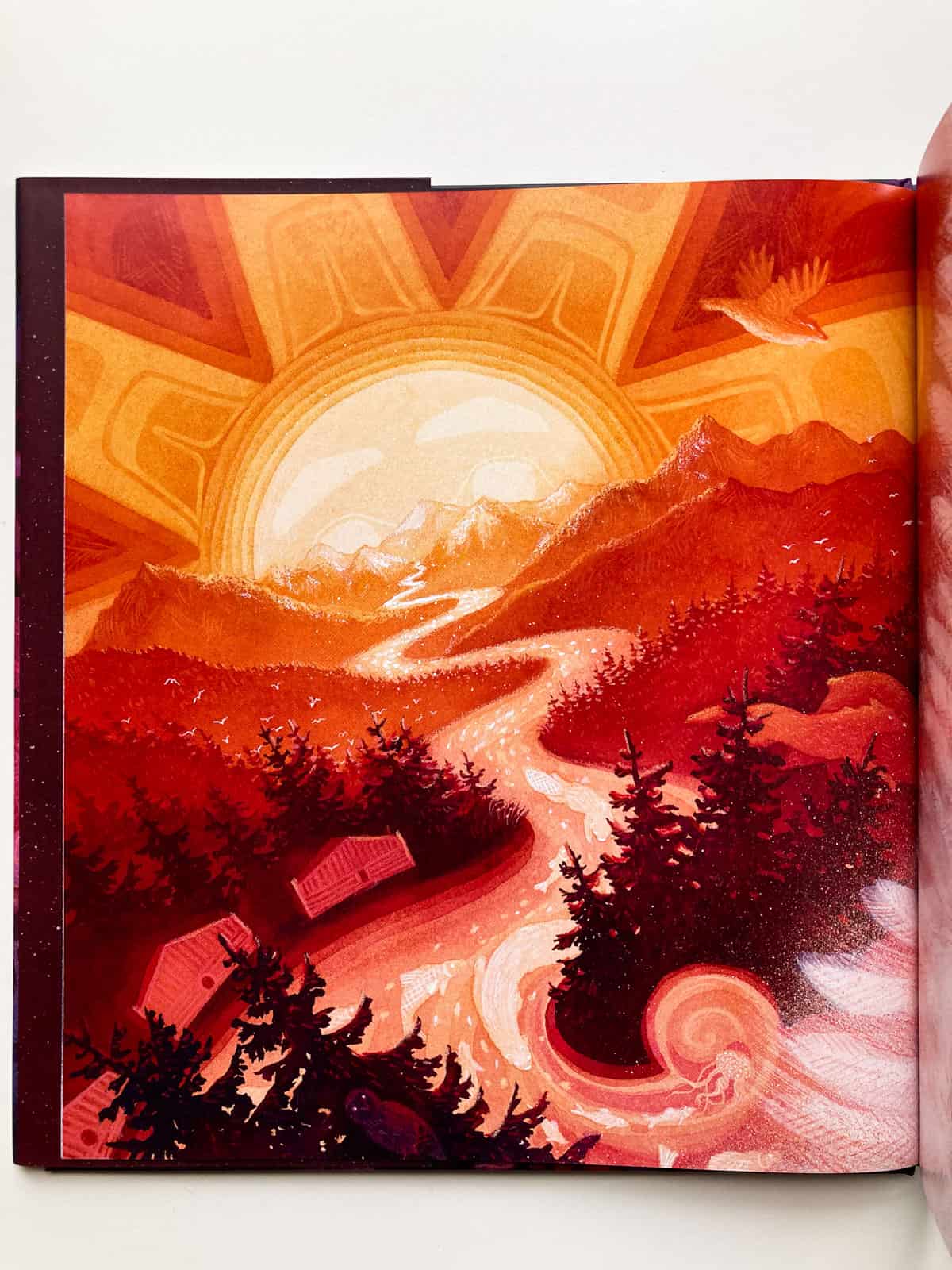
With captivating illustrations and text to support the themes of connectedness and belonging, this is a must-have book for your home or homeschool library.
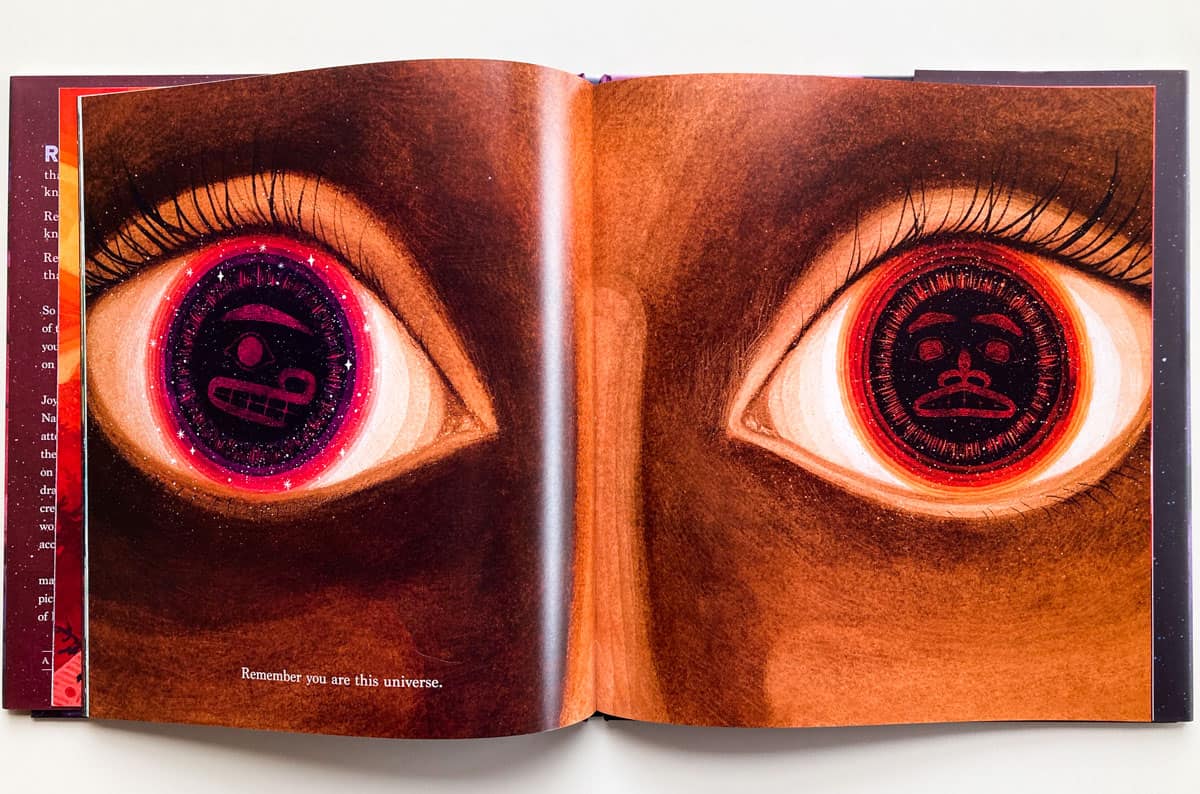
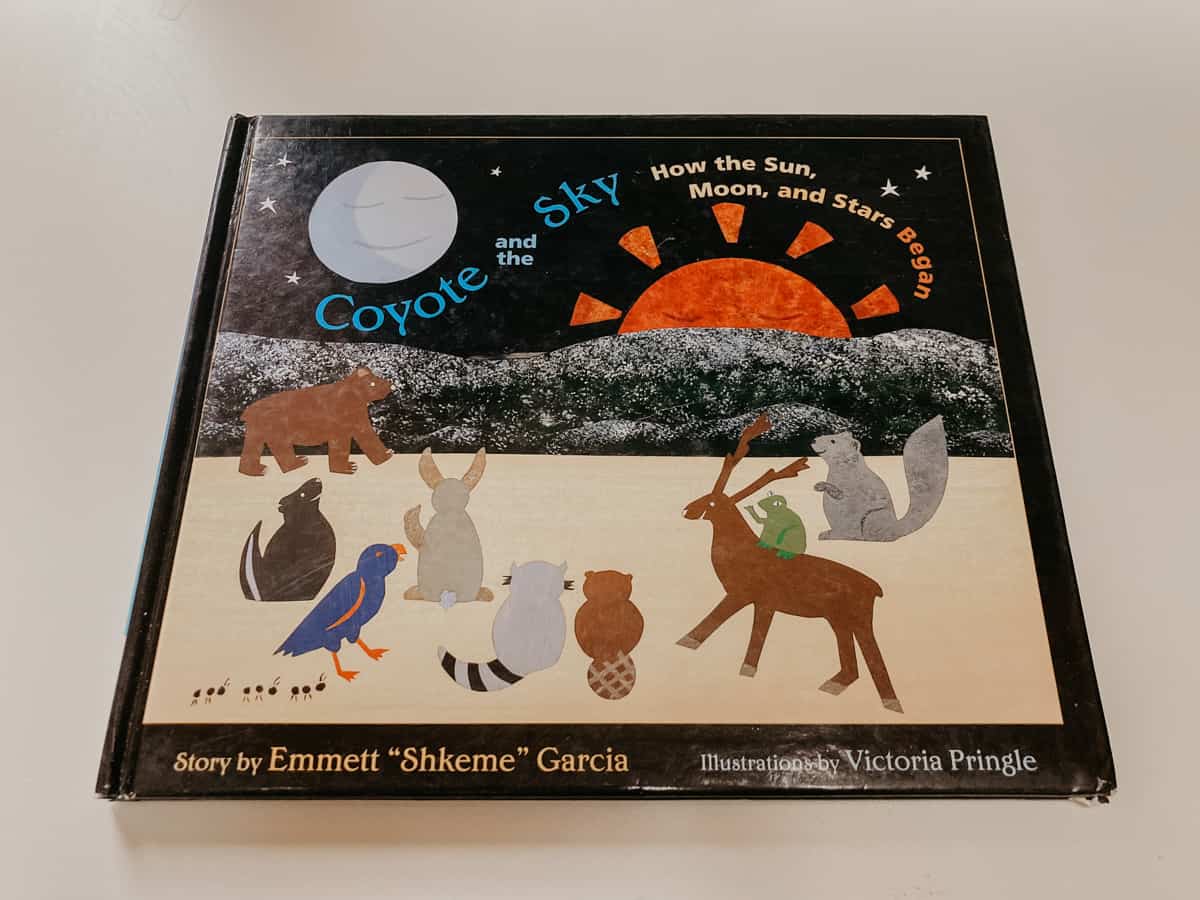
Coyote and the Sky: How the Sun, Moon, and Stars Began is an example of a Tamaya Pueblo creation story by Emmett "Shkeme" Garcia, a member of the Santa Ana tribe.
The 4 States of Matter, Star Life Cycle, Stellar Nucleosynthesis, The Periodic Table, Constellations, Phases of the Moon, and Structure of the Moon are additional topics covered in this First Great Lesson.
We also revisited some solar system materials, including a DIY solar system mat and some Math planet pattern printables.
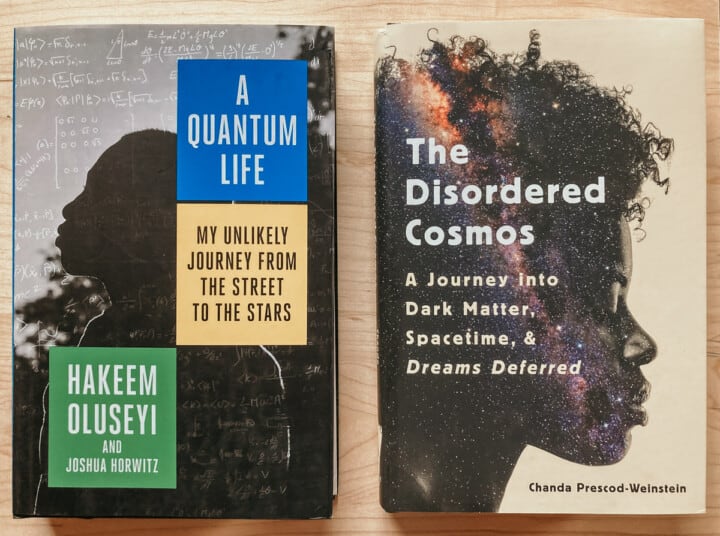
Black History Books
The best books for kids & adults.
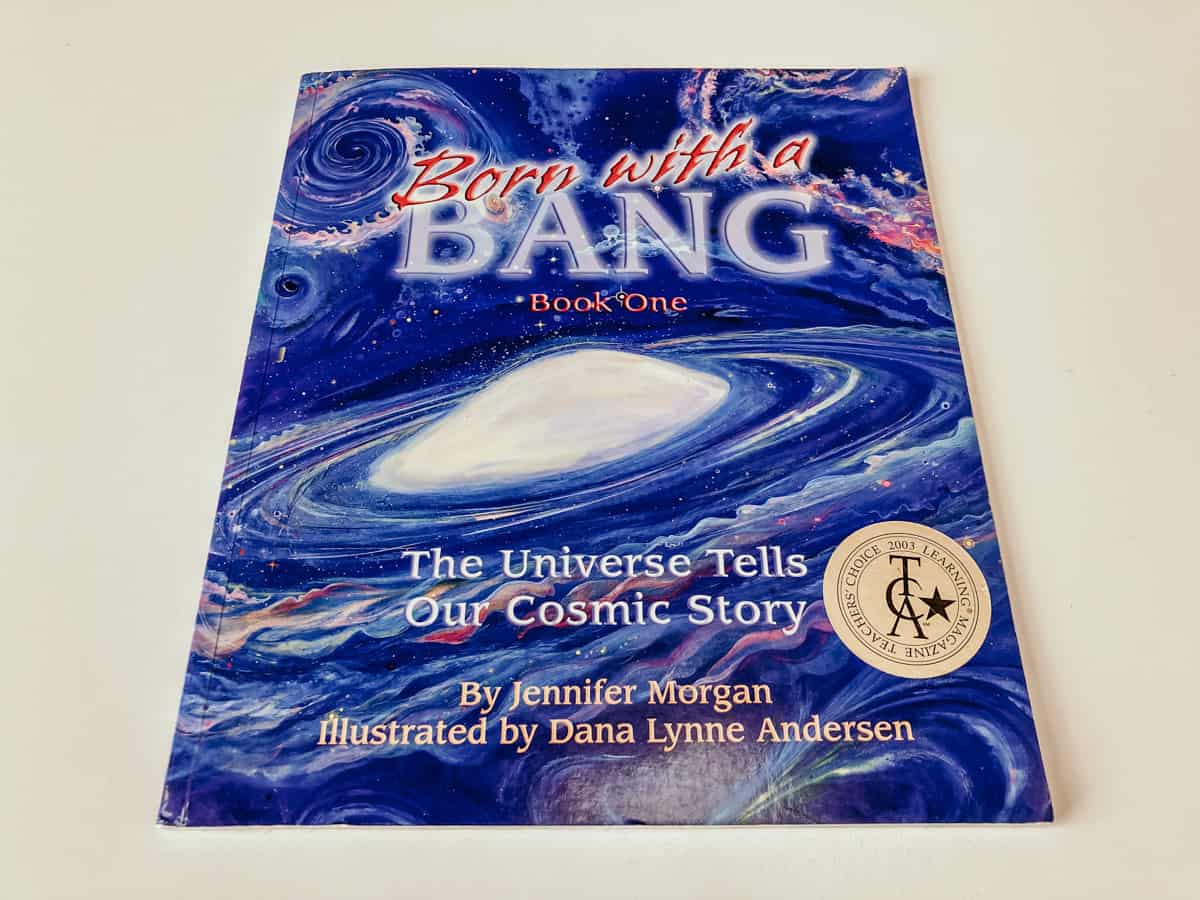
First Great Lesson and Laws of the Universe Experiments
Born With a Bang and the other books in this trilogy by Jennifer Morgan are popular in our home. As a result, everyone was very into participating in the Story of the Universe and the Laws of the Universe Experiments.
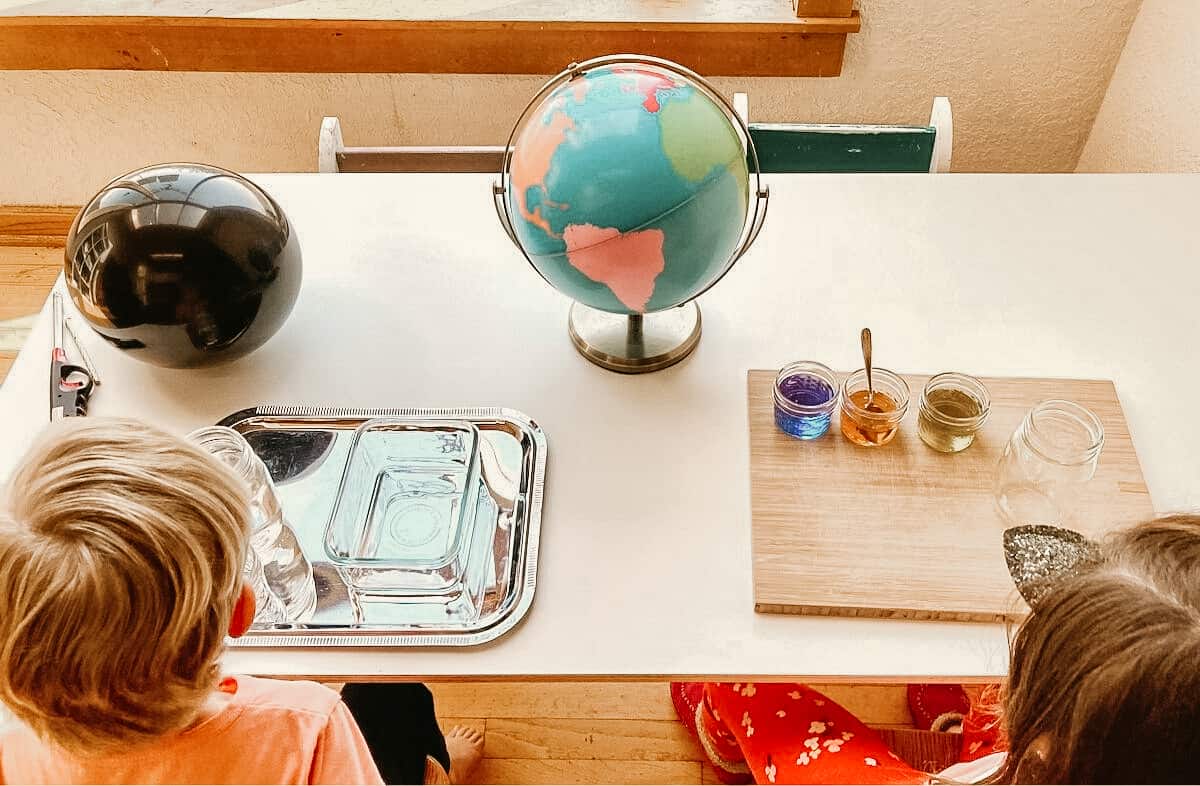
Earlier in the morning, I set out a tray of the 3 phases of matter using water just to stimulate some curiosity.
Our first rendition of the story retelling the history of the universe was a combination of suggestions from Children of the Universe and Born With a Bang. I believe I picked up the balloon and candle suggestions from Miss Barbara. The balloon pop was an unexpected thrill for the kids. We used the Continent Globe to demonstrate how far the closest stars would be from us if they were on Earth.
Our oldest two each performed one experiment during the demo and that worked well for us. Our son demonstrated the Laws of Attraction using water and pieces of paper. Then, Kaia demonstrated Liquids Settling According to their Density using colored water, honey, and olive oil. You can also use Astronomy for Every Kid to explore experiments relevant to this great lesson.
Save $15 on your first Waseca Biomes purchase here.
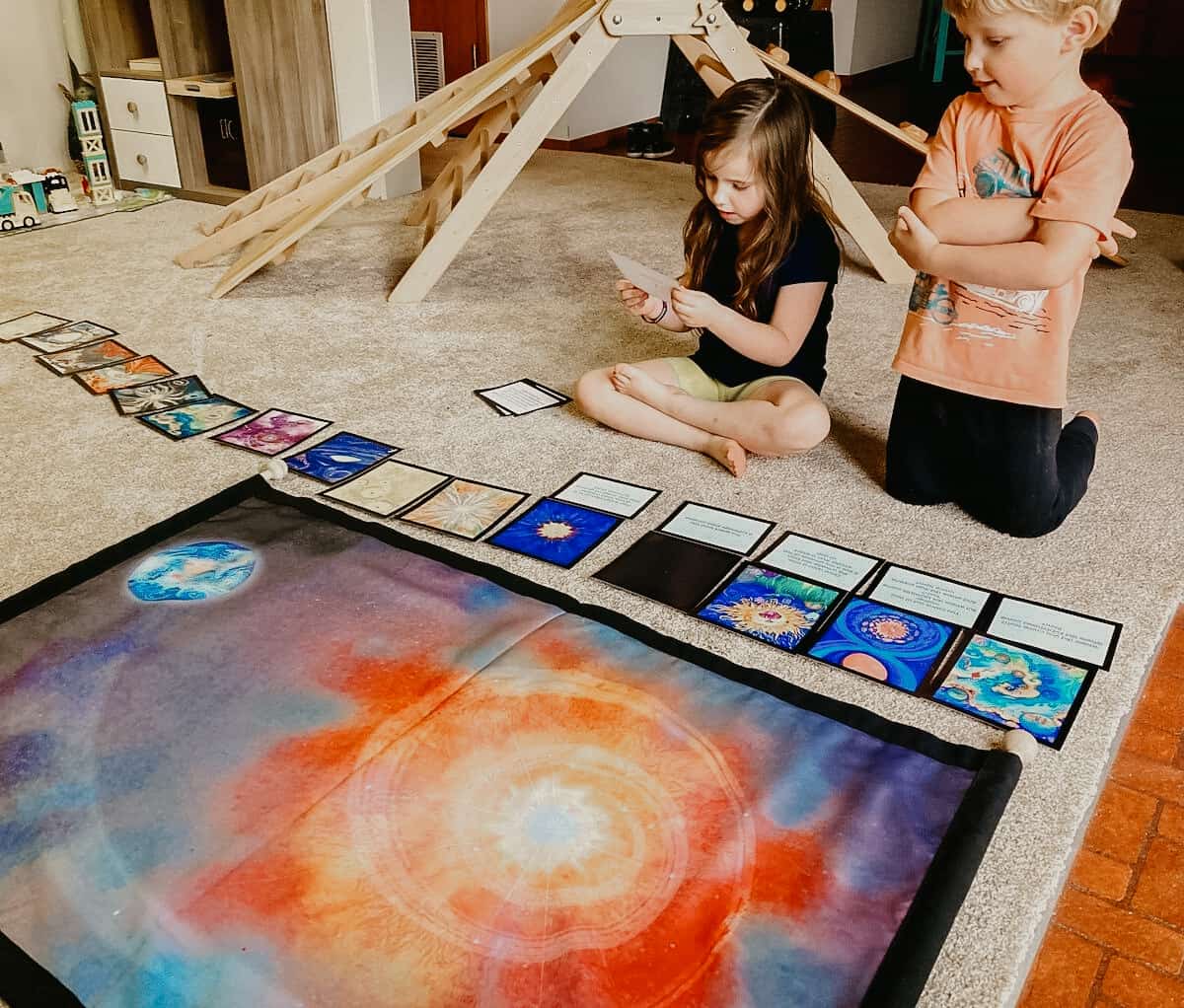
First Great Lesson Revisited with Cosmic Story Mat
The next day we revisited the First Great Lesson using our Waseca Biomes Cosmic Story Mat. This mat is a companion to Born With a Bang. The storytelling and sequence cards are beautiful. Our oldest two focused on the storytelling cards as I read one after the other. Next, our oldest really enjoyed the process of reading the sequence cards and matching them to the images with the help of her brother. On another day, we mapped out the timeline arrows and thumbprint pictures. Lots of fun.
We also picked out our Parts of the Biome Readers related to the First Great Story.
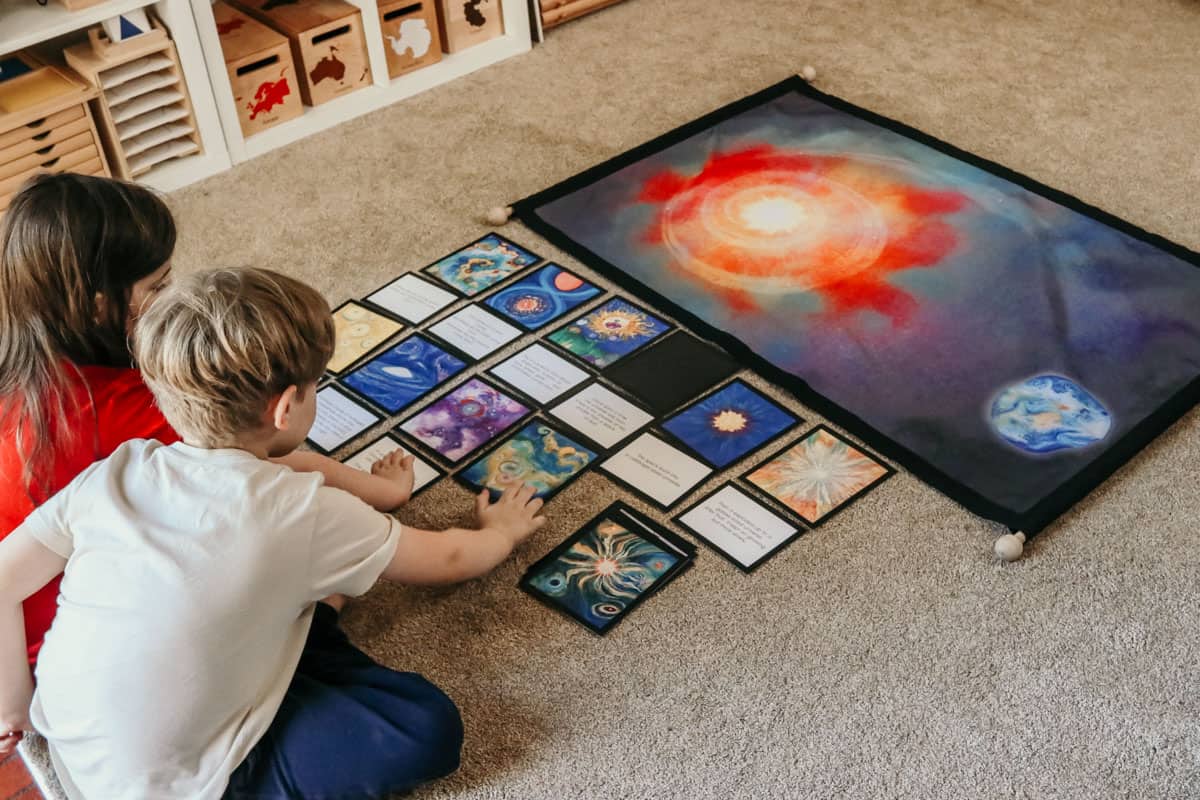
Save $15 on your first Waseca Biomes purchase here.
Waseca Biomes
Save $15 on your first purchase!

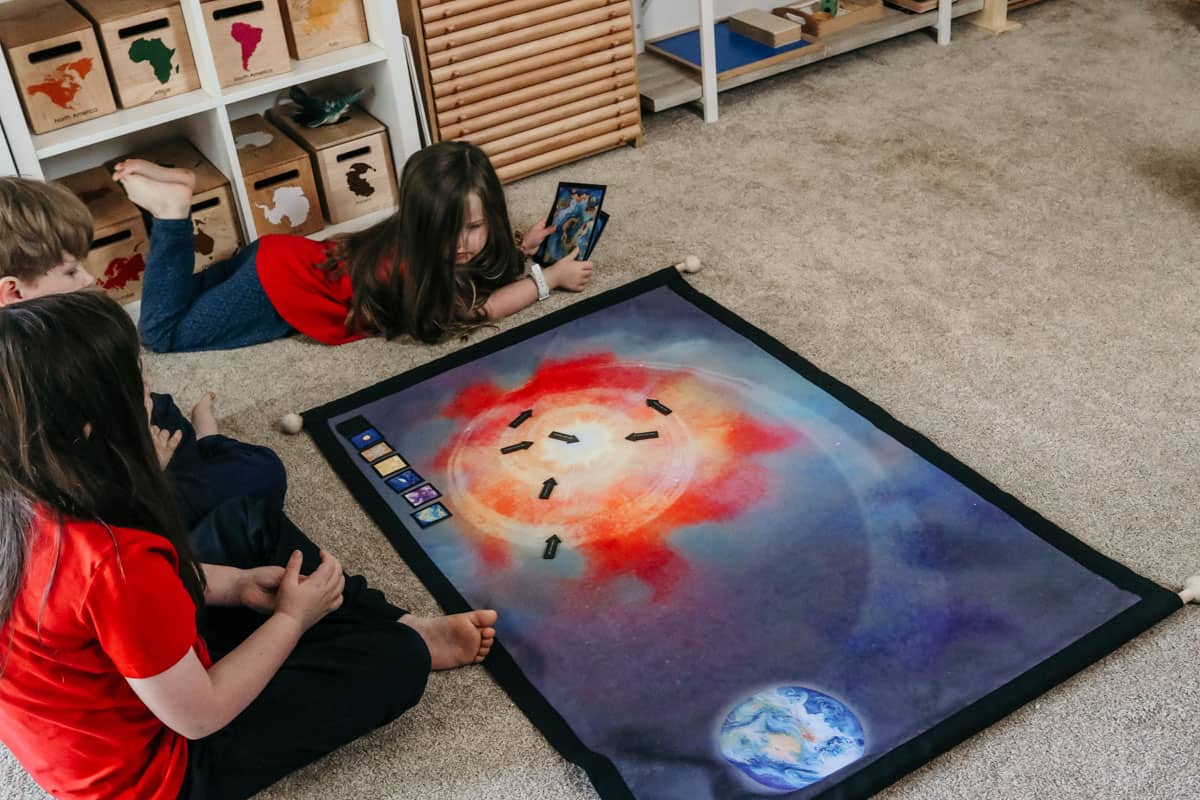
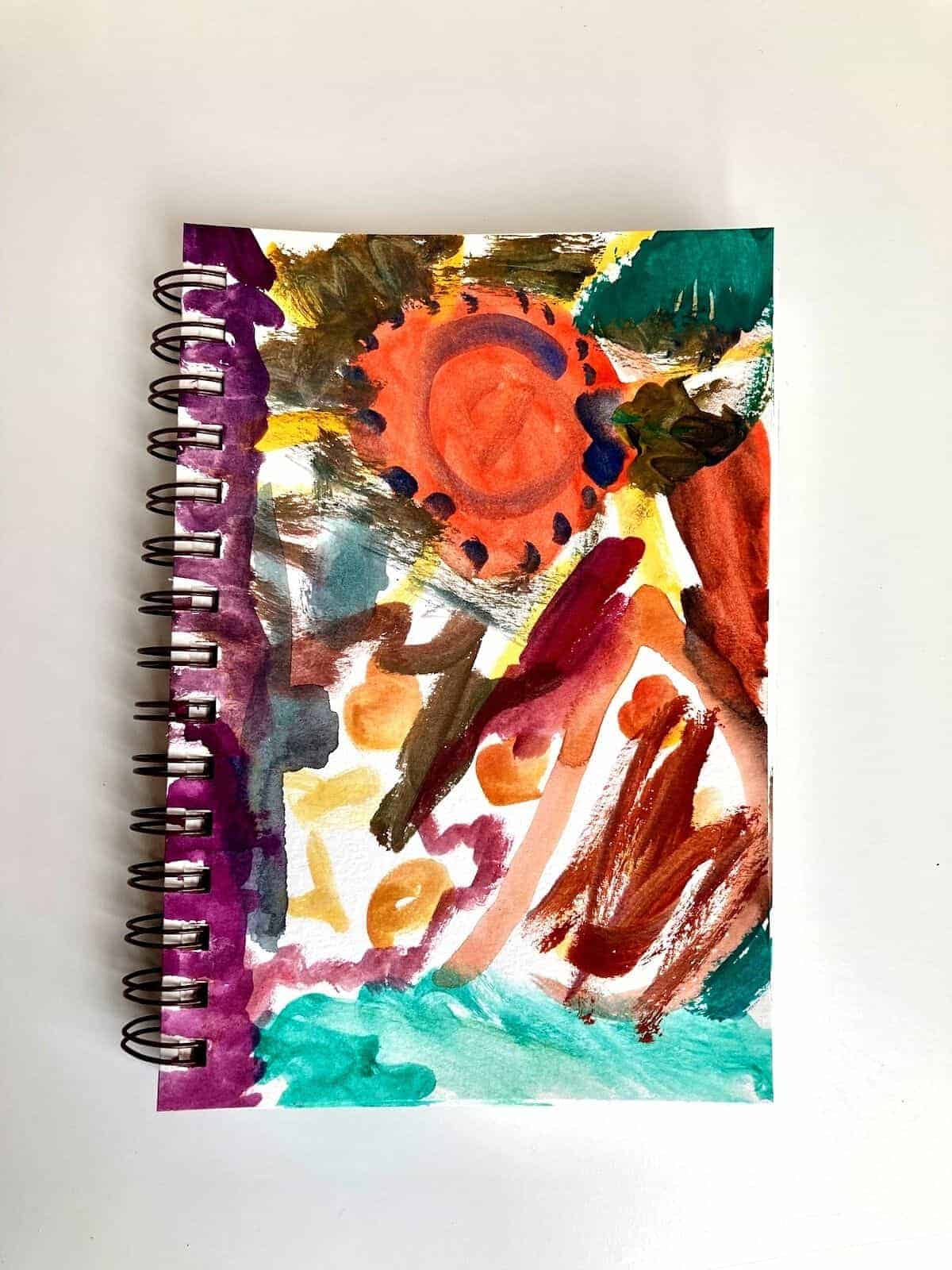
First Great Lesson Watercolor Painting
Some of our history of the universe materials and follow-up included watercolor painting. The kids created watercolor paintings inspired by the Born With a Bang/Cosmic Story Mat illustrations using their watercolor journals and these paintbrushes for young children.
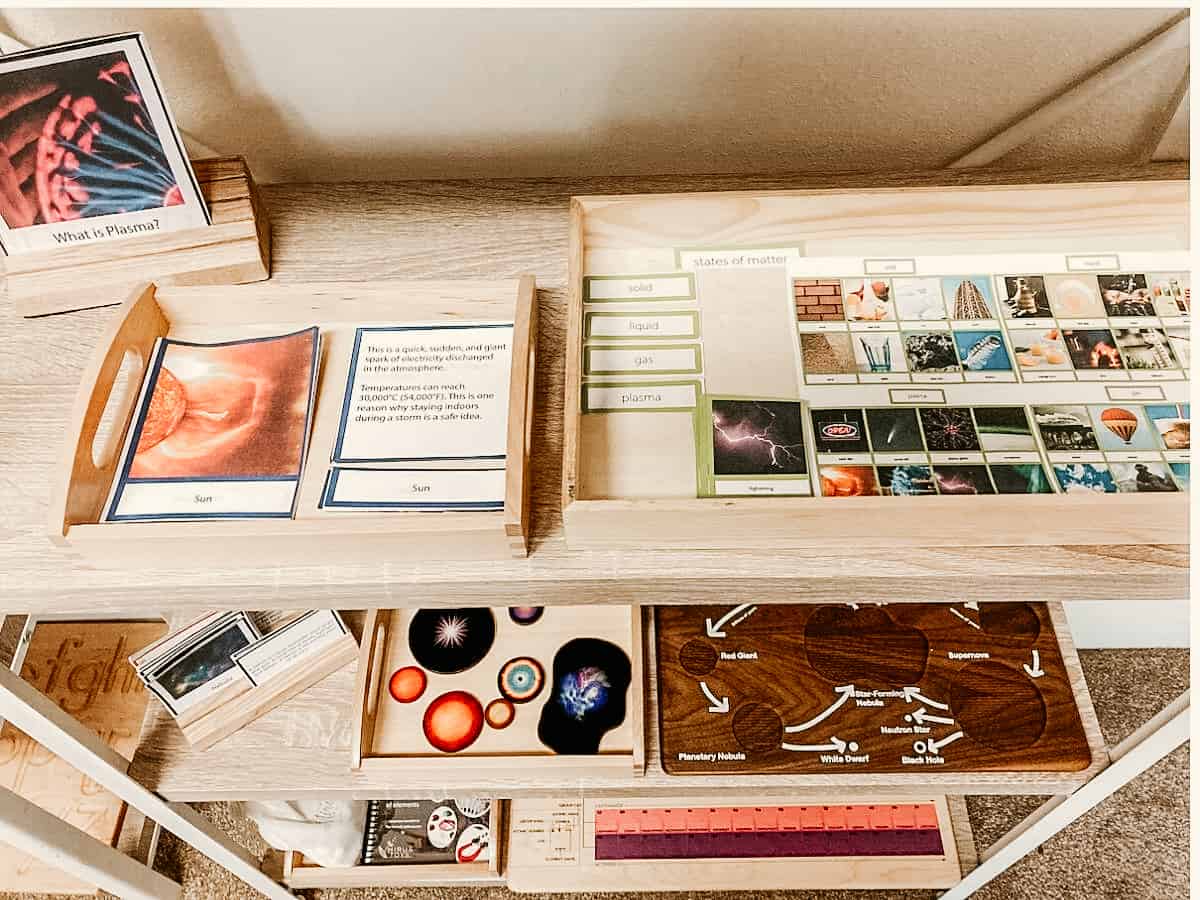
Four States of Matter Shelf Work
These Language and Science shelves are where a lot of our Montessori First Great Lesson materials and follow-up works reside. We're doing left to right, top to bottom in this area for the most part. That is opposed to other arrangements we've used in the past that were suited to various ages and stages. Noah is reading CVC words and using a lot of the same materials as his older sister, Kaia, so this works for now.
This top shelf contains printables that serve as a great introduction to plasma, which was not covered during the presentation of The First Great Lesson. Kaia read the plasma reader aloud. Both kids used the three-part cards but in different ways. Kaia matched the definitions and labels to the images. Noah enjoyed matching the labels.
They both had a lot of fun with the sorting game. They've played it several times together.

Star Life Cycle, Stellar Nucleosynthesis, and Periodic Table of the Elements Shelf Work
- Montessori Stellar Nucleosynthesis Cards - Life Cycle of a Star
- Life Cycle of a Star Puzzle by Mirus Toys
- Life Cycles: Everything from Start to Finish
- Periodic Table Booklet by Mirus Toys
- Periodic Table Puzzle including tiles, key, & companion guide by Mirus Toys
Our Montessori First Great Lesson materials and follow-up works include the Life Cycle of a Star, Stellar Nucleosynthesis, and an exploration of the elements in the periodic table.
I must say I'm really happy with how these materials have taken these abstract concepts and made them concrete. Both older kids have come back to these materials several times since they were introduced and I've enjoyed seeing them develop an understanding of the underlying concepts.
Not too long after, Kaia observed a water bottle sitting out and noted that the water is made up of hydrogen and oxygen, and that hydrogen came first.
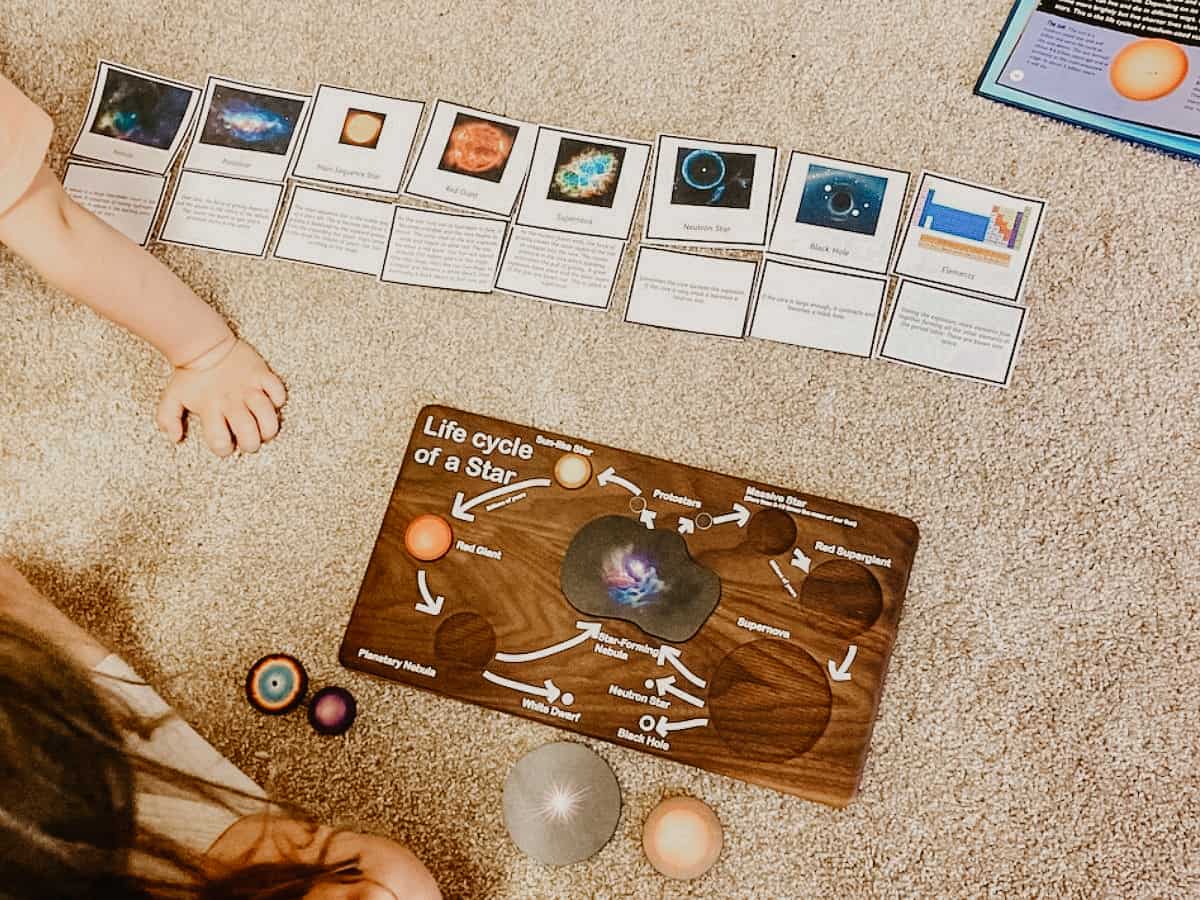
Star Life Cycle and Stellar Nucleosynthesis
The first time I introduced the cards, we focused on just the Life Cycle of the Star. Later, I added the cards for the production of the elements during the cycle. Using suggestions from the Children of the Universe paid off. By the time Kaia got to this point in her studies, she already knew that stars like our sun can't complete the cycle of larger stars. Therefore, the puzzle made sense to her.
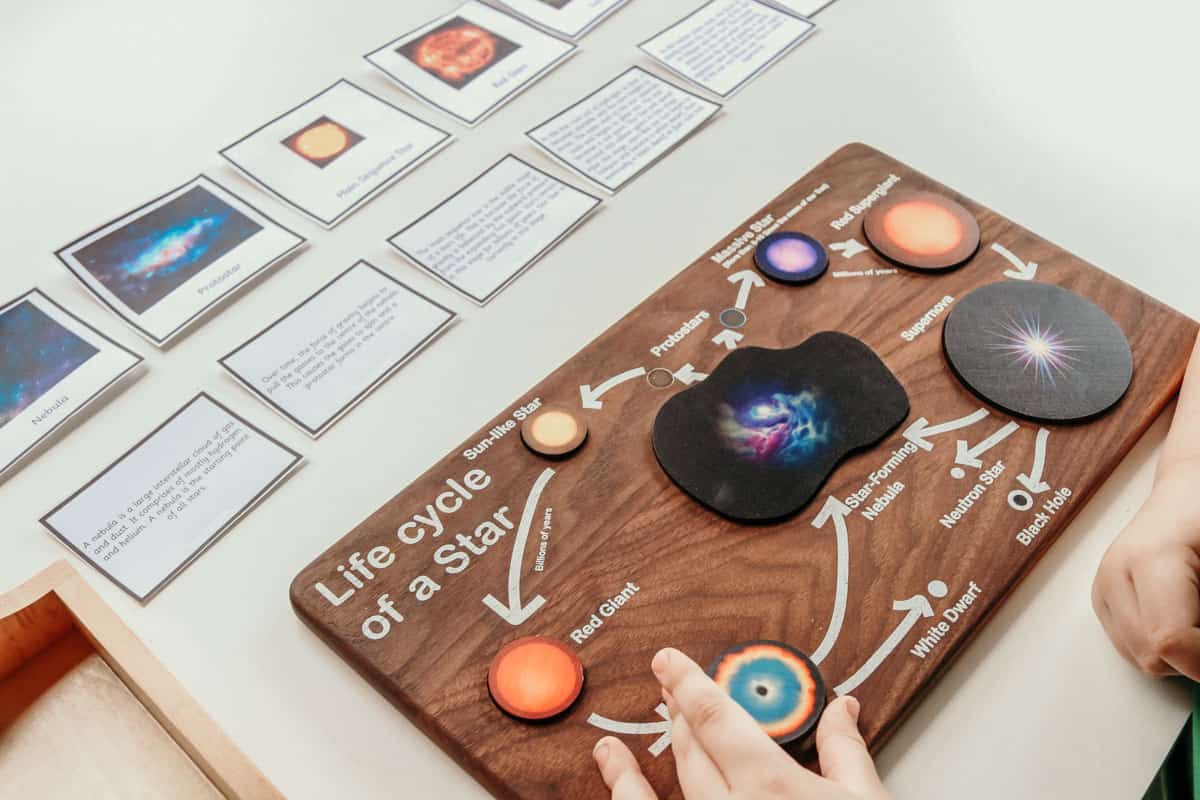
We've continued to use this puzzle each year when exploring stellar nucleosynthesis and it definitely holds up as an essential material Montessori's First Great Lesson.

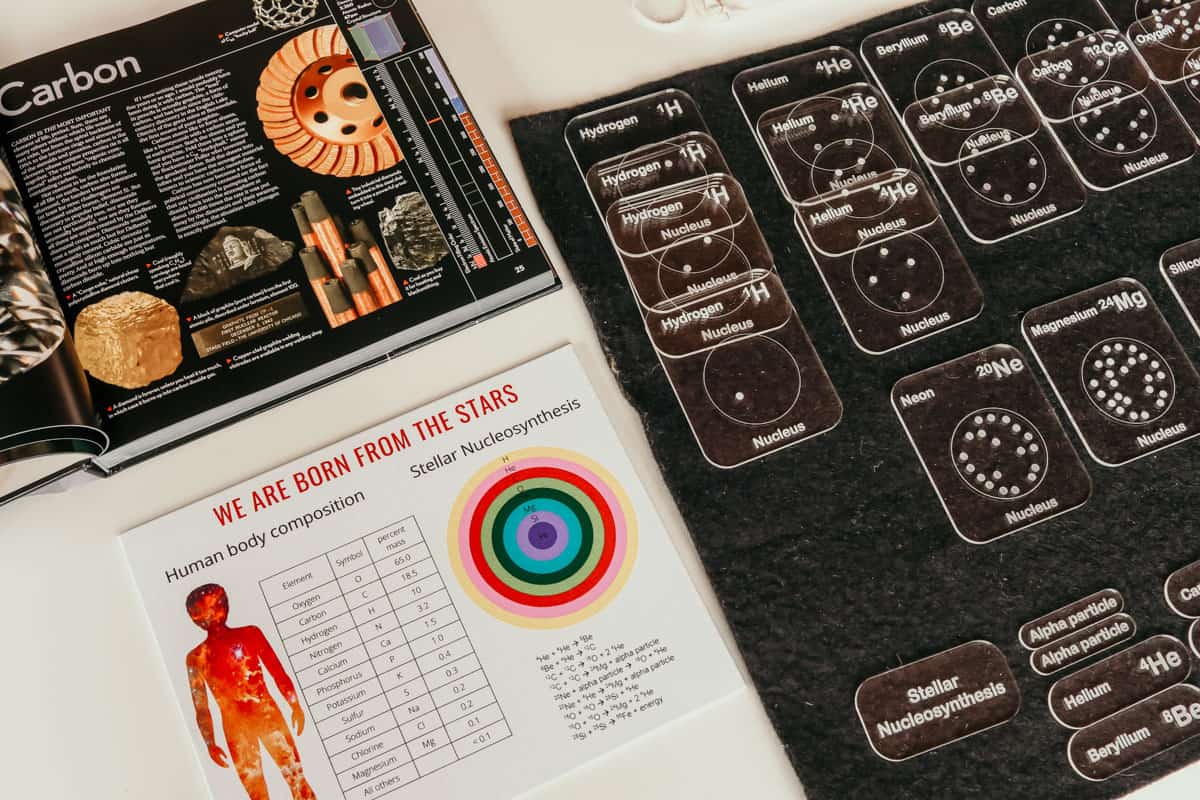
After working with the star puzzle, kids can move on to the stellar nucleosynthesis hands-on demonstration. Walk through the formation of the elements with these nucleus cards. Make the connection to humans and our place in the universe with the control canvas.
Use The Elements for a visual representation of each element and to further explore the elements discussed. Molecules, the 2nd book in the series, will take you to the next step.
These materials take the guesswork out of exploring the history of the universe using a hands-on approach.
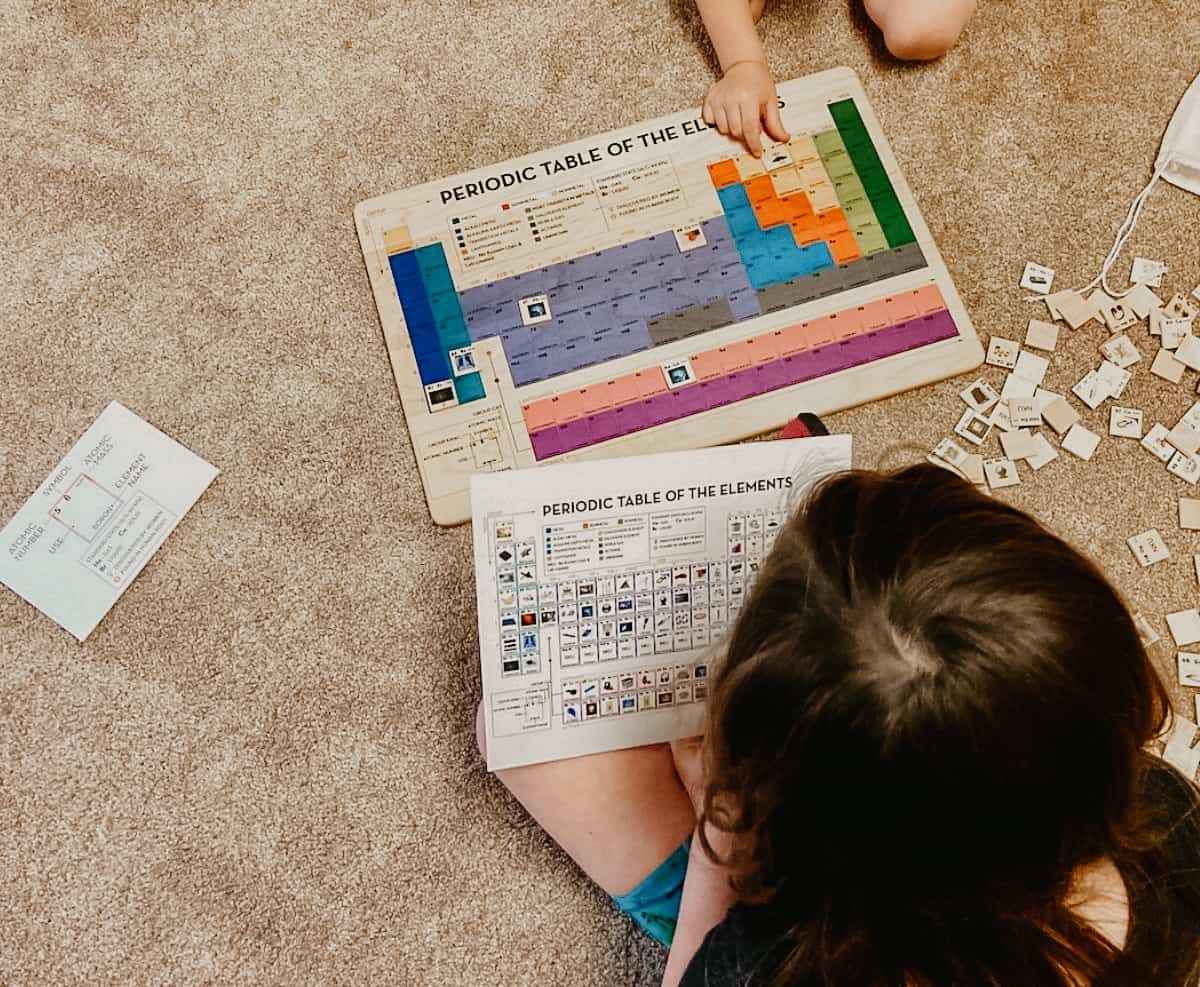
Exploring the Elements Through Play
The kids very quickly oriented themselves to the Periodic Table Puzzle, not wanting much of an introduction from me. I gave a very simple explanation of the table and the purpose of the puzzle. They spent a little time checking out the key before immediately dumping the pieces and getting to work.
I thought this Montessori First Great Lesson materials and follow-up work would be mostly of interest to our oldest but Noah was into it. Also, it turns out this is a great material for number recognition and some sequencing up to 100. Places on the table where the sequence skipped, the kids searched for the number or matched the puzzle image to the key.

They concentrated on this board for a while. After they were about ⅓ of the way through, they grabbed the Periodic Table Booklet off the shelf as well and began exploring the element tiles they had placed on the board. When they were finished, they put the puzzle back on the shelf with the tiles in place to save their spot for next time.
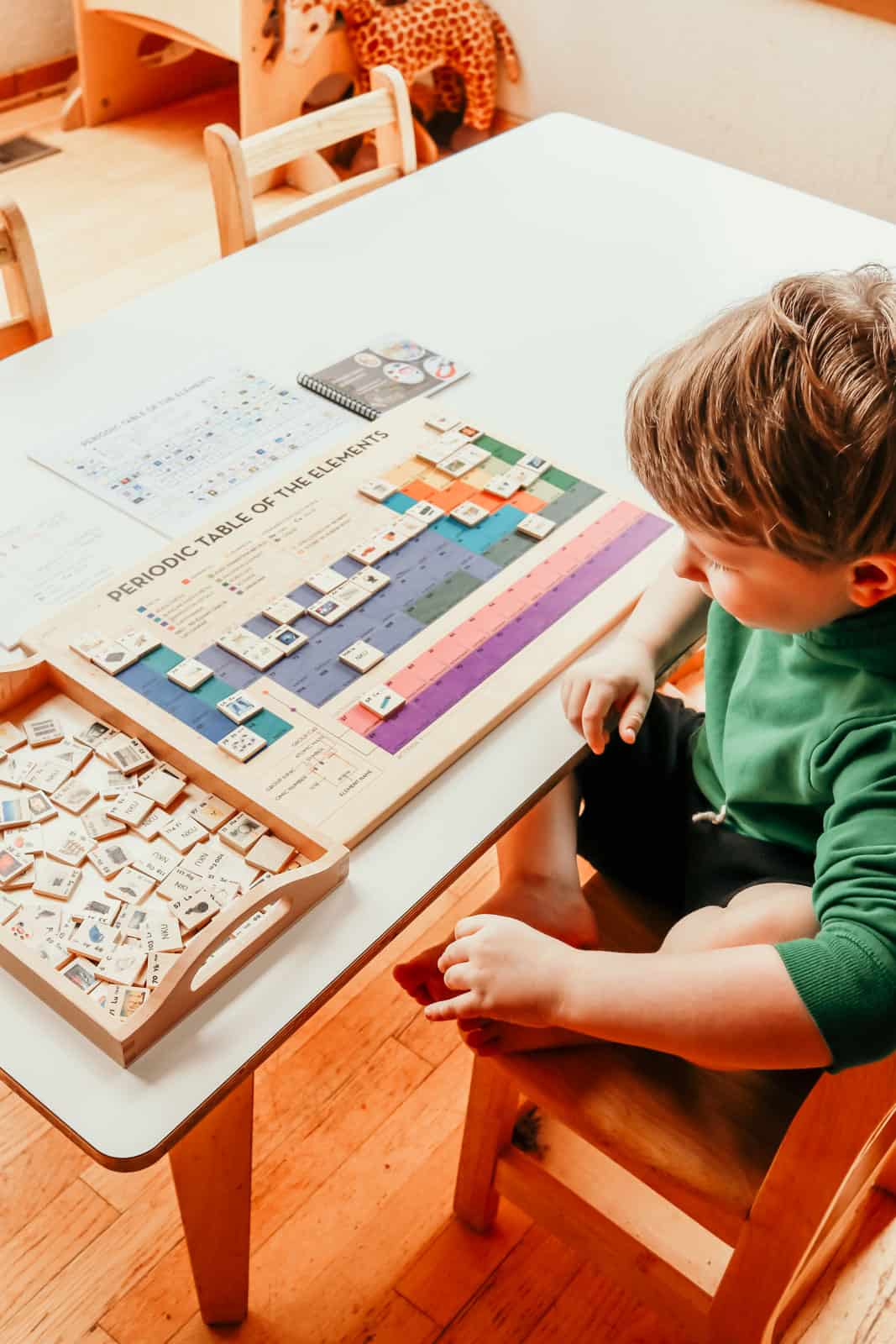
This periodic table of the elements puzzle is, in my opinion, one of the stars of the show.
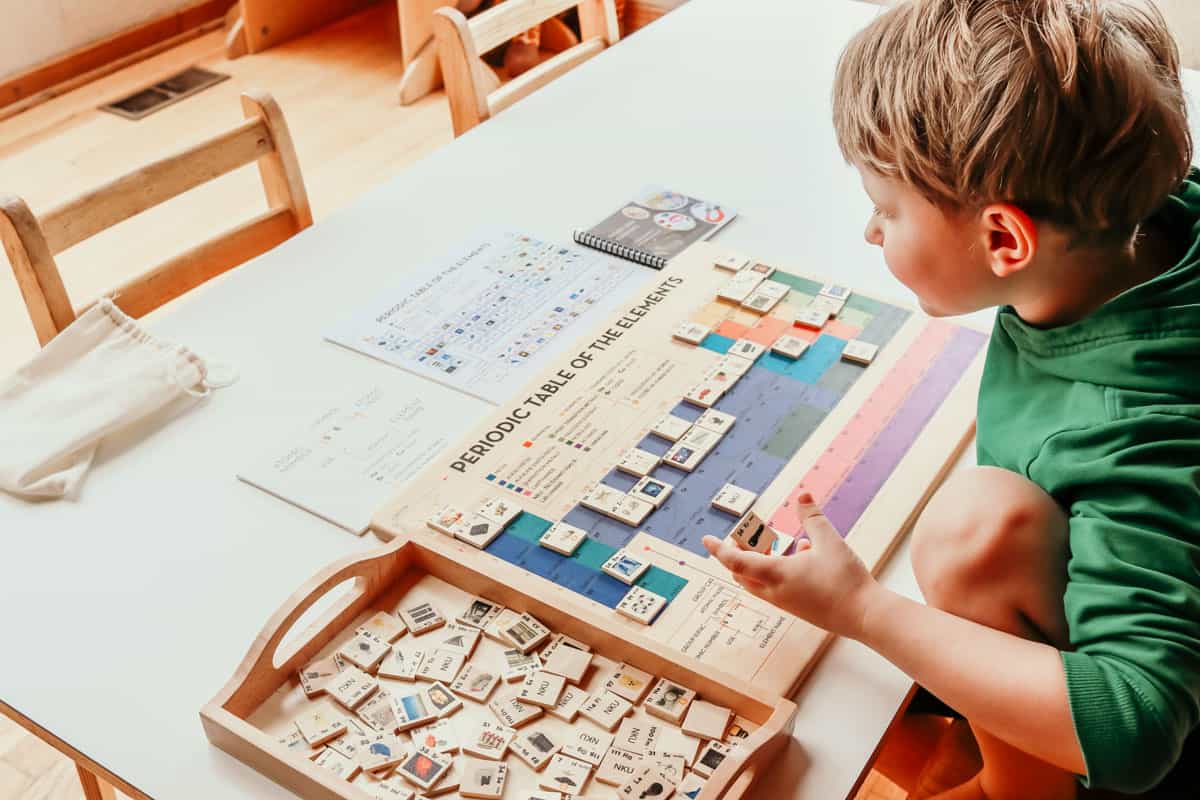
Not only does it work perfectly for the First Great Lesson, but it can be displayed on the shelf with a variety of themes and it will NEVER get old.
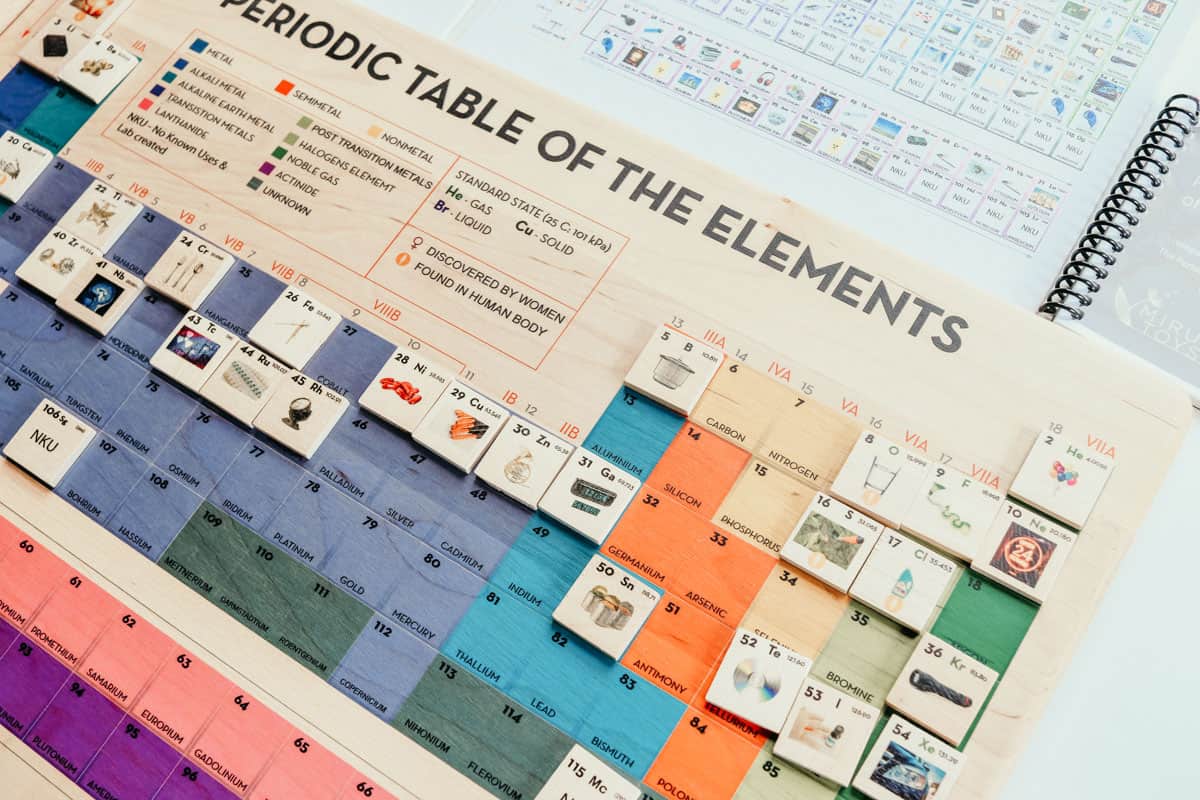
I love that if kids know their numbers, they can hit the ground running with this puzzle at a young age.
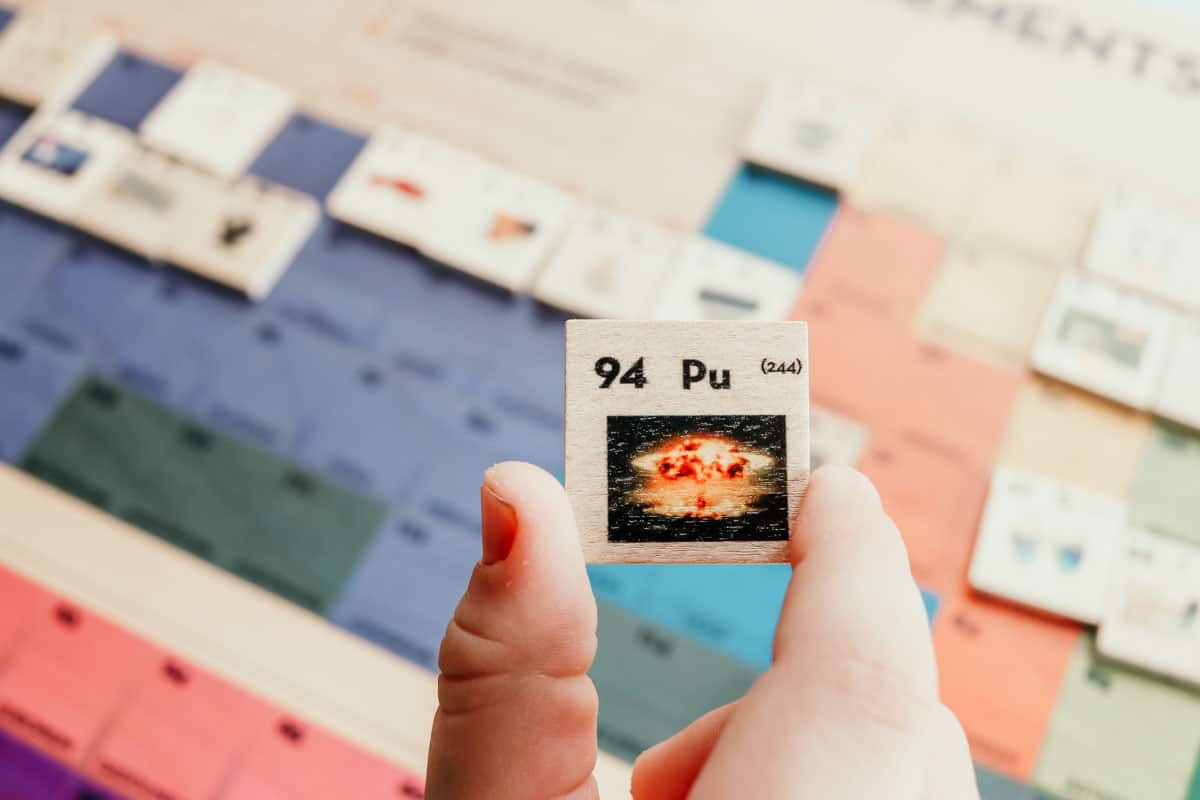
The images are natural discussion starters for all ages.
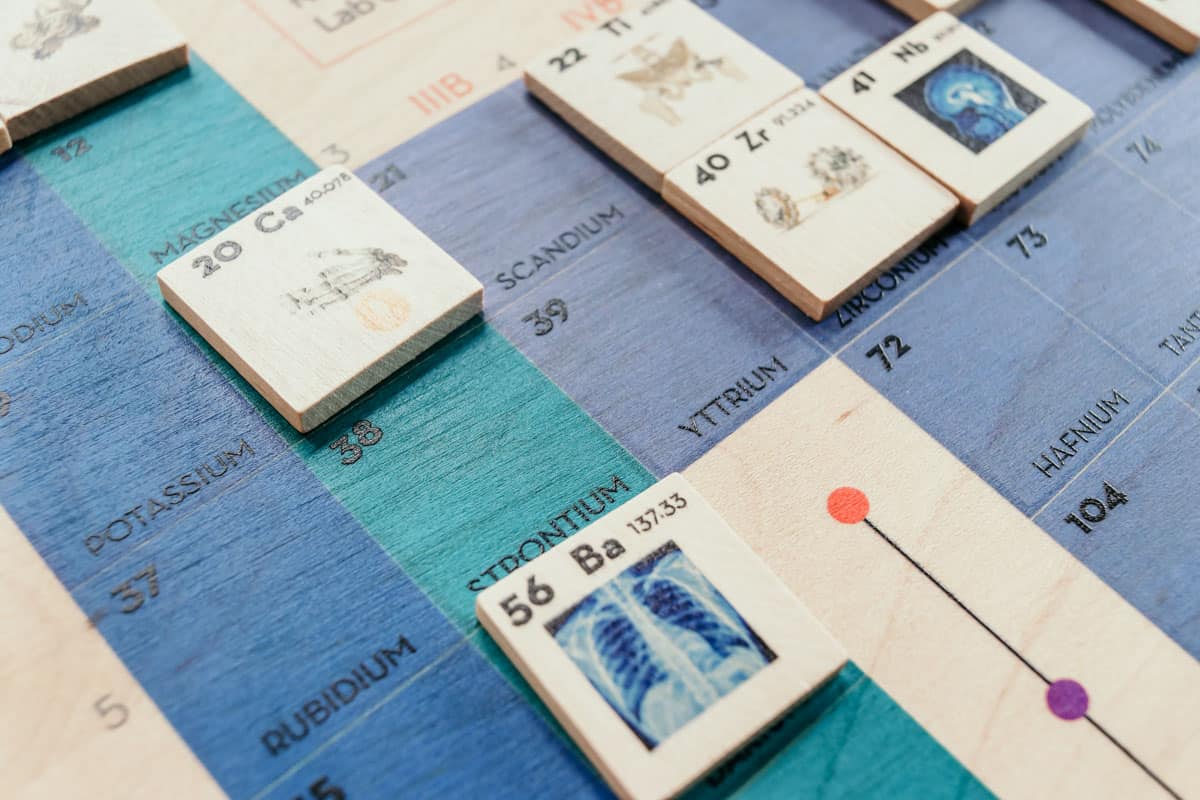
Even adults will love this puzzle. It's the most versatile and approachable material in this collection of activities for learning about the history of the universe.
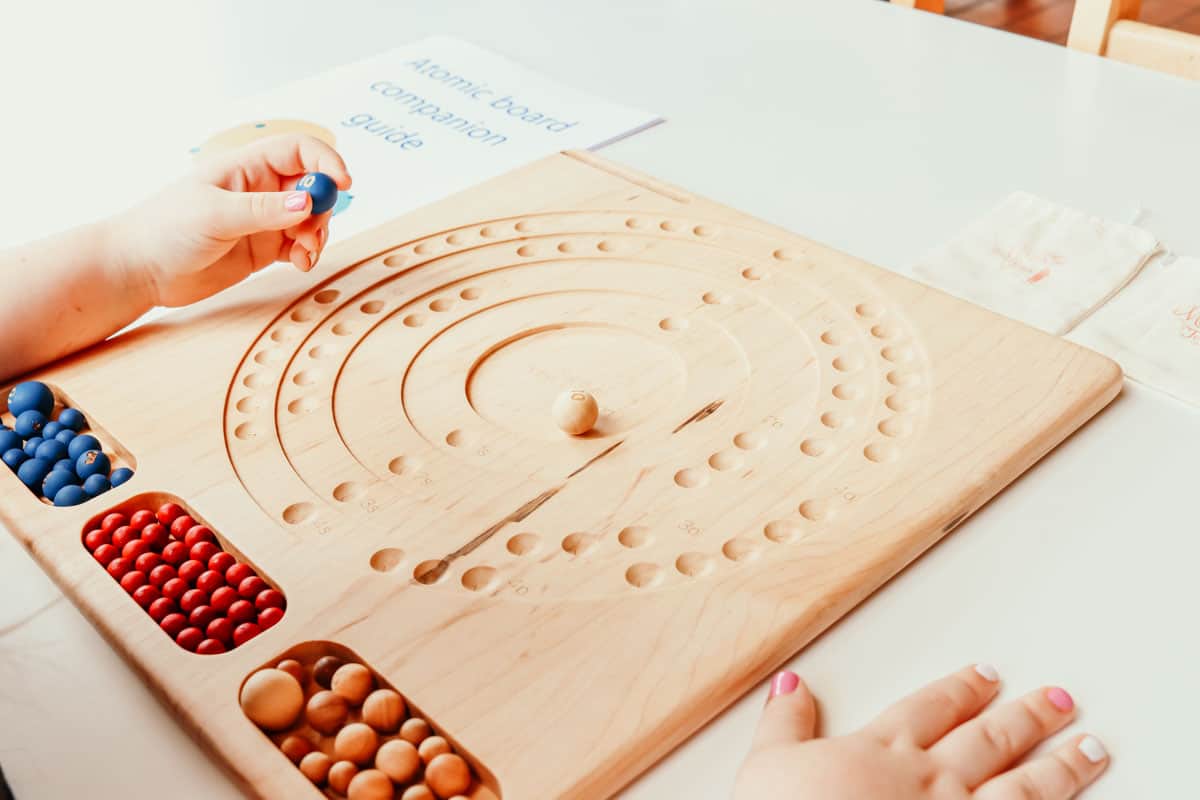
Taking a Closer Look With the Bohr Atom Board
This Bohr Atomic Model Board by Mirus Toys allows learners to explore atomic structure and behavior. This buttery white maple board describes the subshells as well as the spin of the electrons. Protons are blue, neutrons are natural, and electrons are red. A companion guide is also included for educators.
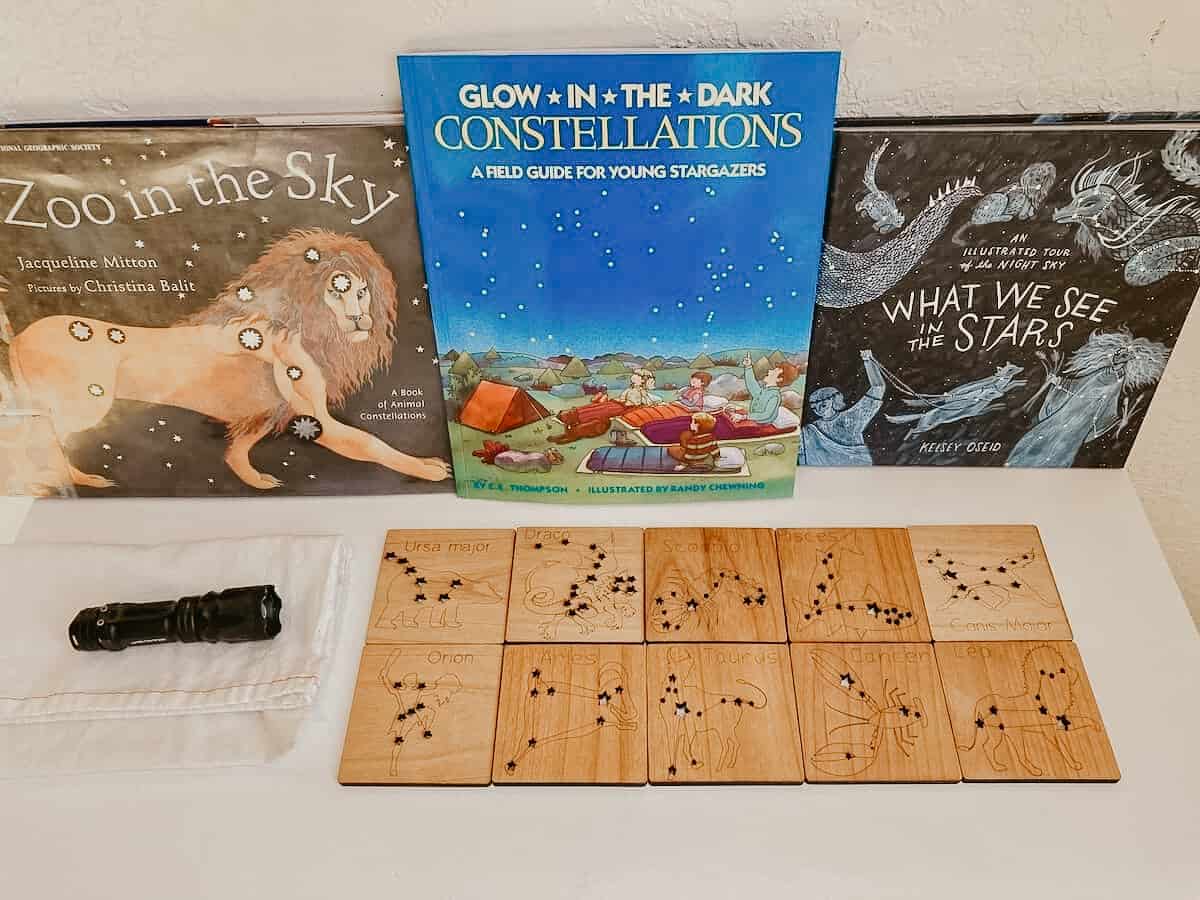
Constellation Shelf Work and Books
- Zoo in the Sky
- Glow-In-The-Dark Constellations
- What We See in the Stars
- Constellation Tiles by Mirus Toys
These are our favorite books for learning about constellations. Glow-In-The-Dark Constellations is an awesome field guide for kids. The kids love exploring in the dark. Constellations are a great excuse to stay up late when it's not quite dark enough before bed.
We also like to pair our books with these Constellation Tiles. We have the Animals in the Sky (set of 6) and 4 custom tiles (Ursa Major, Draco, Orion, and Canis Major) for a total of 10 constellation tiles. This gives us a nice set of circumpolar (visible year-round) and seasonal constellations for our location in the Northern Hemisphere.
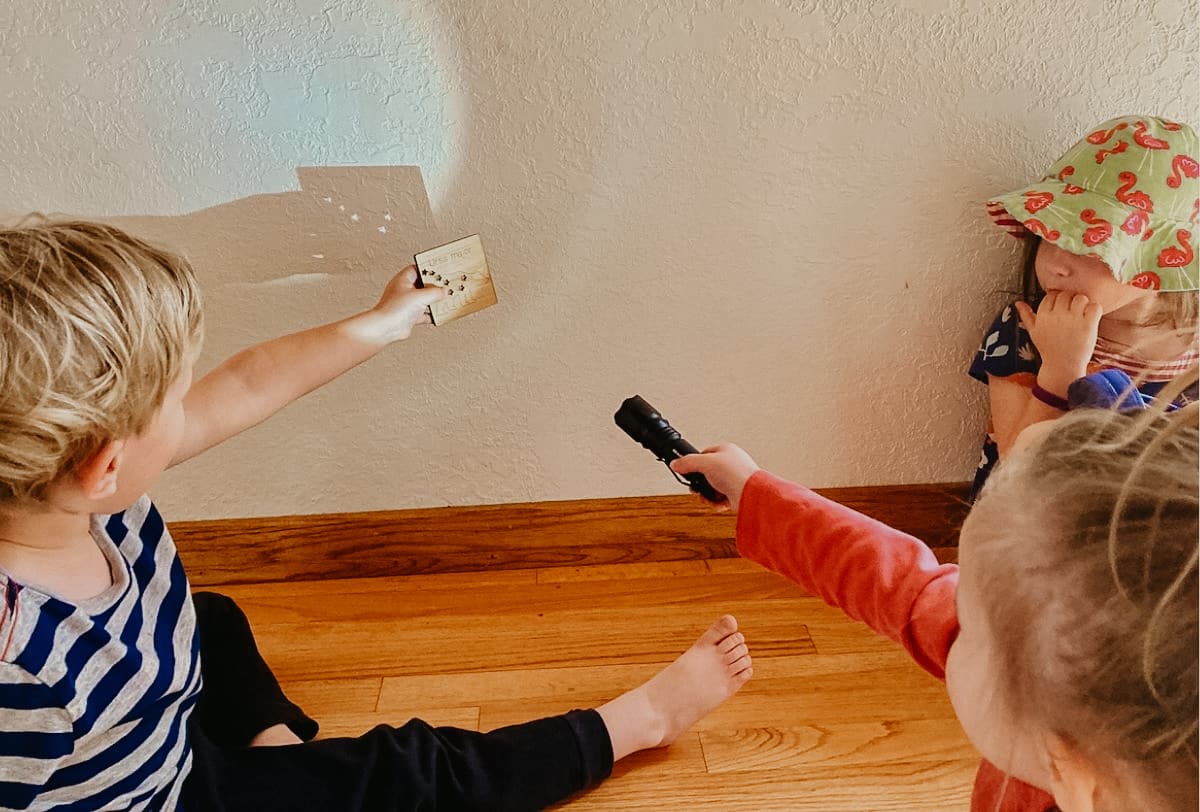
This is a great activity for kids to do together as well as independently. Katalina is 2 and not quite ready to operate the flashlight and hold the tile. As a result, she likes to shine the light on the wall under the staircase while her older brother positions the Constellation Tile.
They also like manipulating the size of the resulting shadow by experimenting with the distance of the flashlight and the tile from the wall. Lots of lessons are wrapped up in these neat little tiles.
Mirus Toys Constellation Tiles
Animals in the Sky, Zodiac, or create your own custom set!
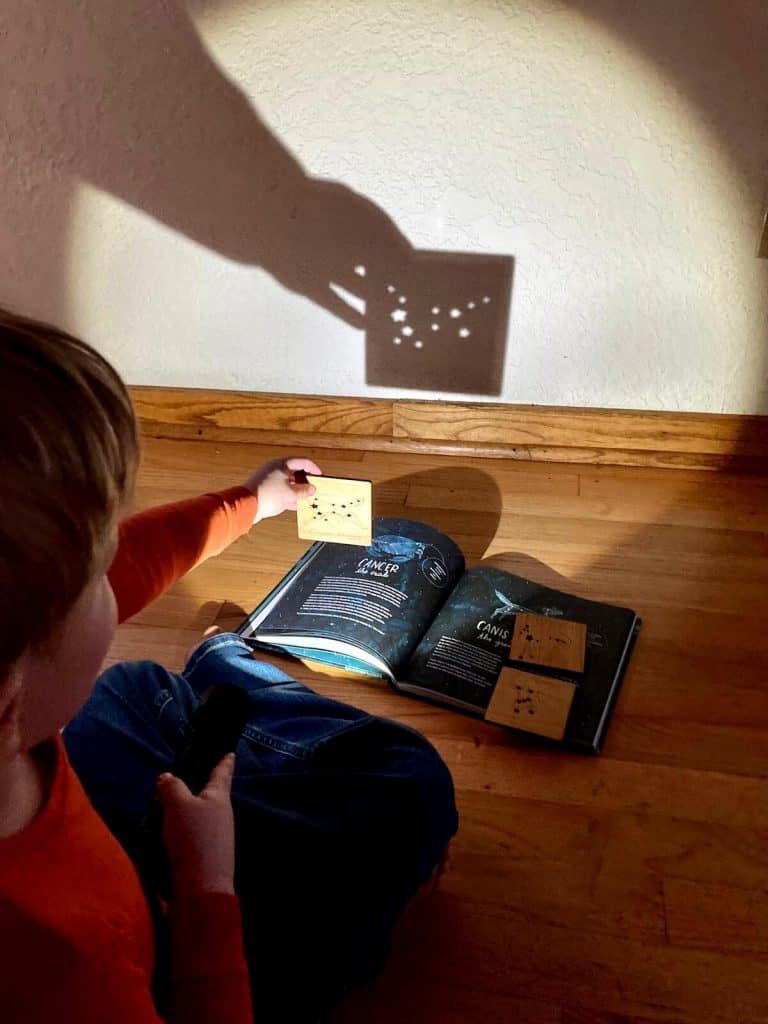
Learn more about homeschooling during the preschool and kindergarten years with this free homeschool course.

Free Constellations Sorting Activity
Explore Constellations by Season
Free Constellations 3-Part Cards & Seasons Sorting
Grab your free constellations sorting activity above. Kids can sort the cards into rows or columns using the heading cards: Year-Round Constellations, Winter Constellations, Spring Constellations, Summer Constellations, and Autumn Constellations. The colors of the cards provide a control of error so that kids can self-correct when completing this work independently.
These sorting cards also make excellent three-part cards for introducing the constellations themselves. To use these as 3-part cards, simply print two copies of the printable and then cut the labels off the cards on one of the copies. Children can match the picture and then match the label as they show readiness.
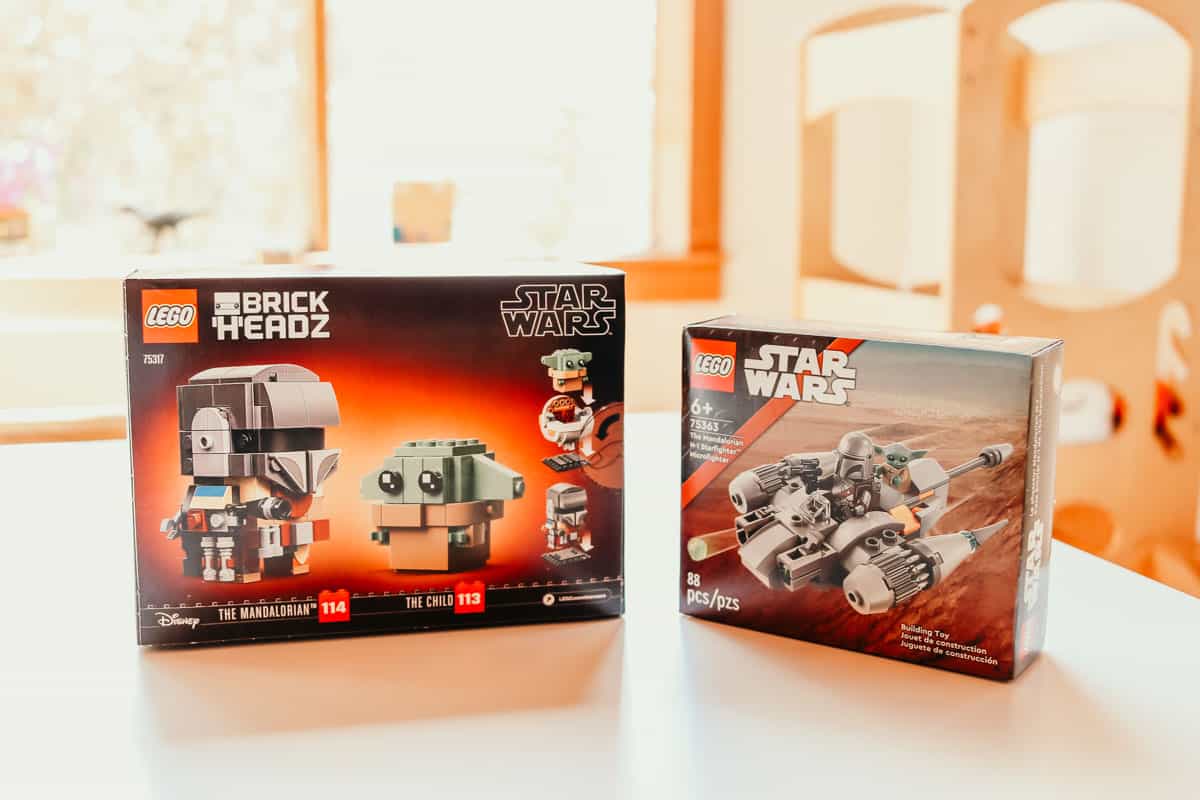
Star Wars Legos
These Star Wars Mandalorian Legos add interest to astronomy topics and allow kids to explore geometry concepts, as well as develop spatial and problem-solving skills.
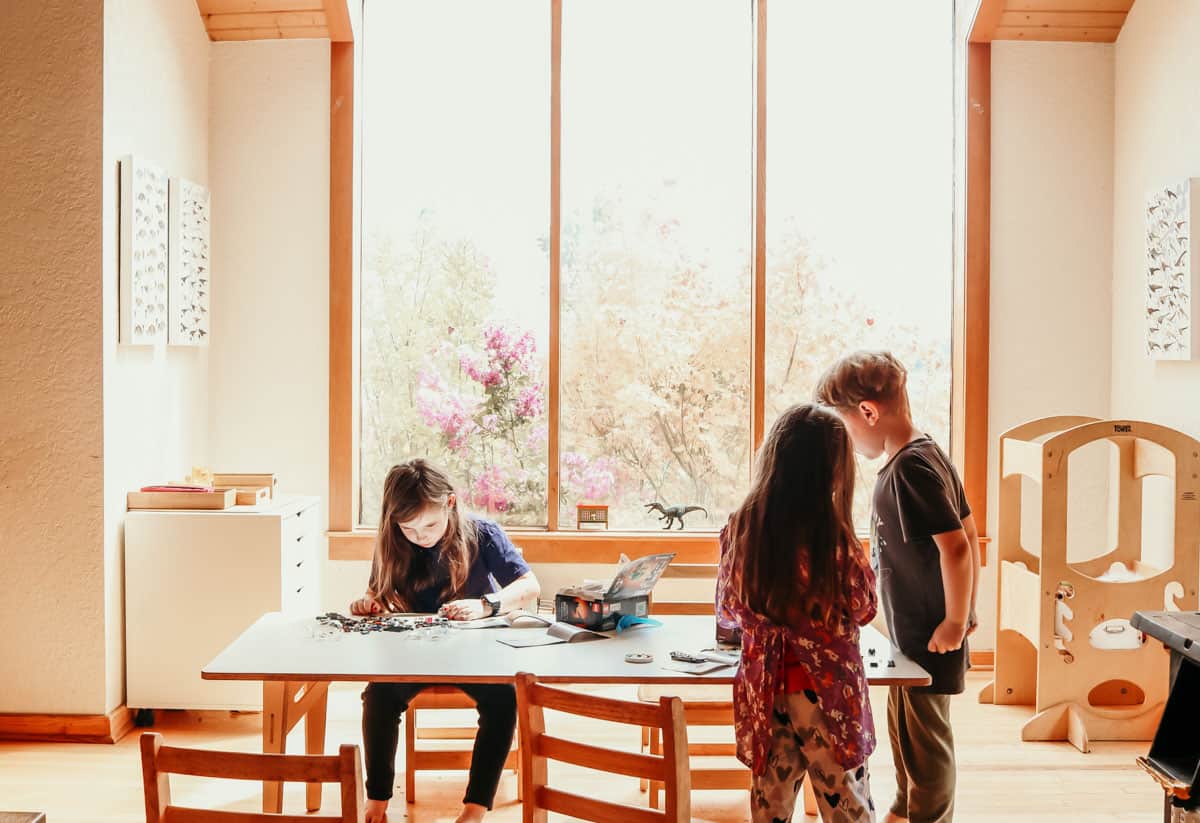
Legos can also aid in the development of concentration. They encourage kids to be persistent as they work towards completing their model.
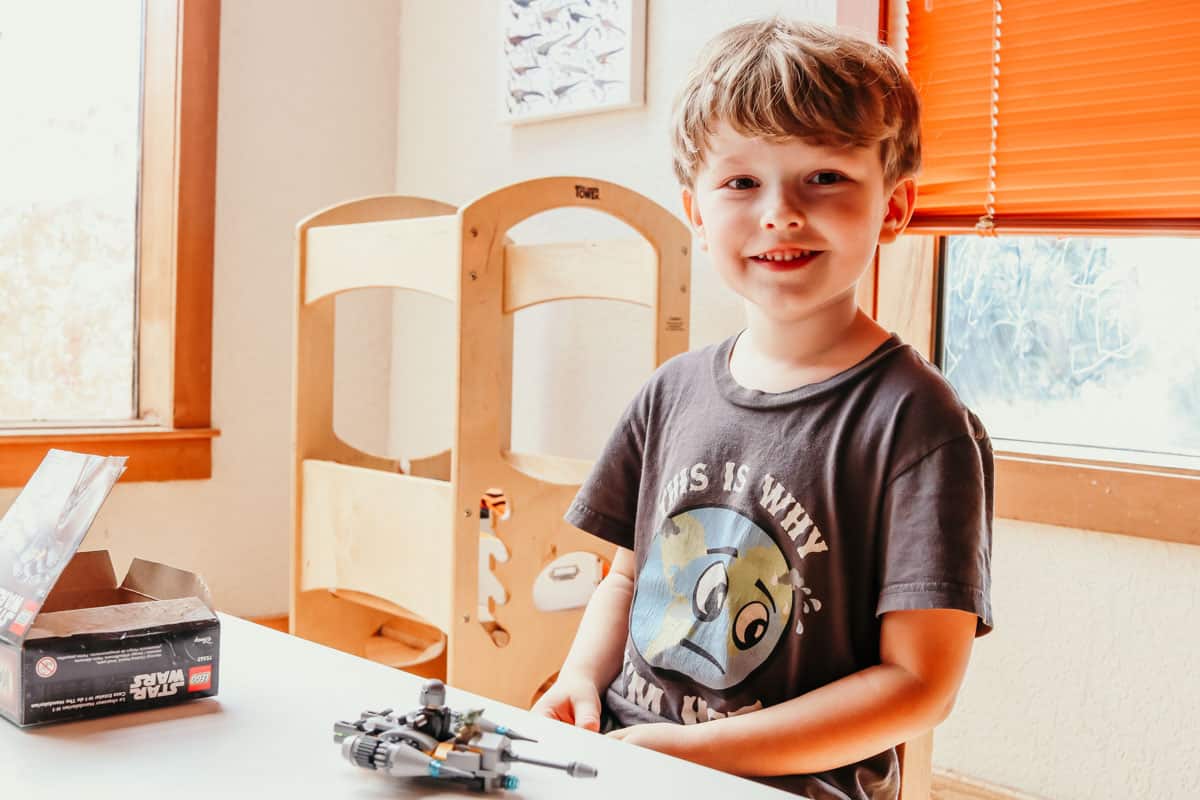
This Star Wars Mandalorian N-1 Starfighter Microfighter is recommended for ages 6 and up. I would say this is possible to complete in one work cycle in this age range.
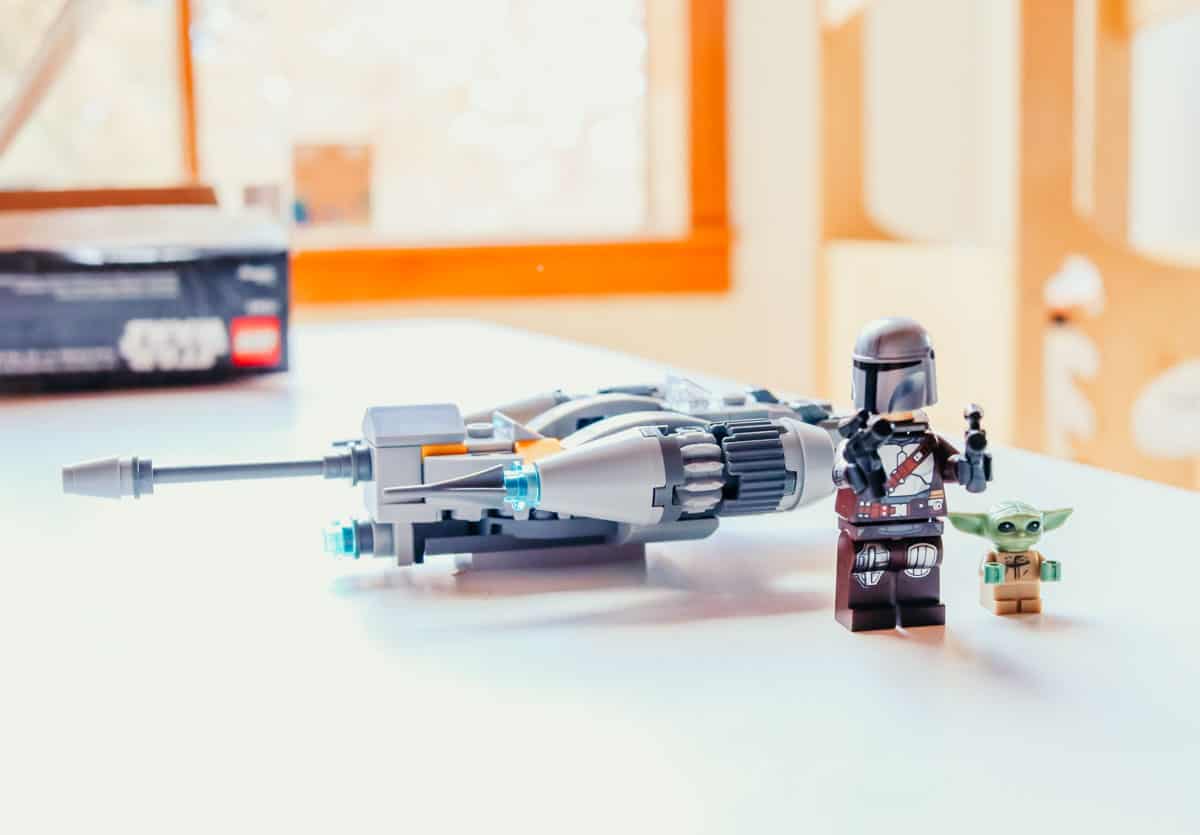
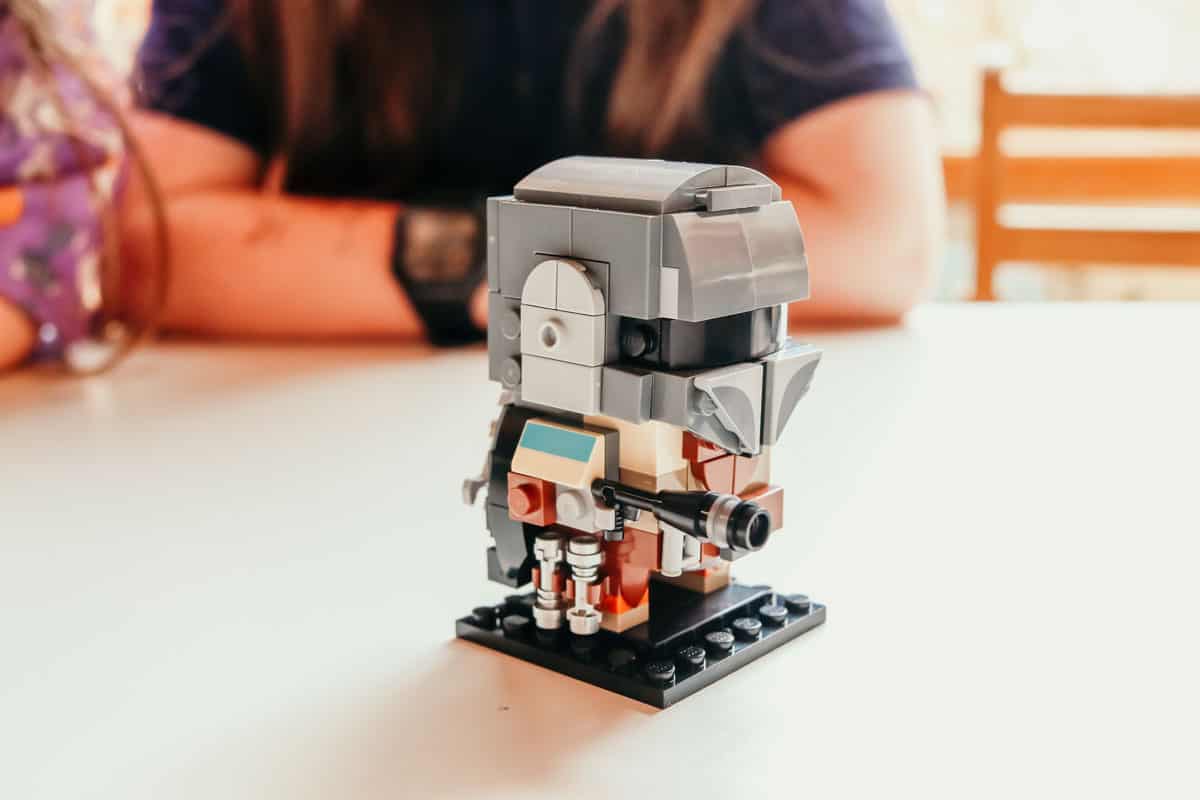
The Star Wars Mandalorian and The Child Brick Headz are recommended for ages 10 and up as they contain more pieces and are a bit more complicated in their construction.
Kaia is 7, so I'd say it's possible to complete each character in 2 work cycles in this age range.
Legos are fun for kids of all ages and are available in different sizes. There are many Lego sets that could work with a study of the universe.
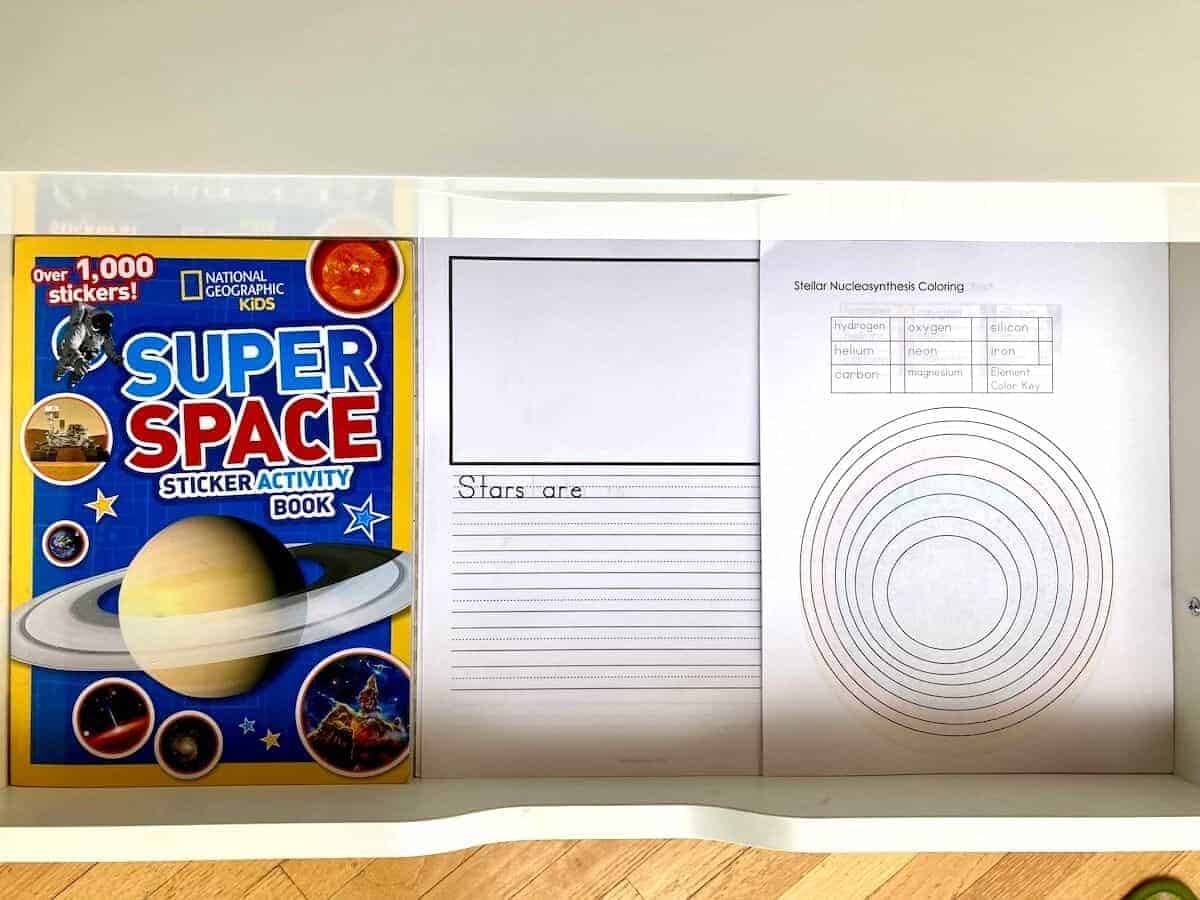
History of the Universe Art & Handwriting Activities
- National Geographic Kids Super Space Sticker Activity Book
- First Great Lesson Story Starters (FREE)
- Stellar Nucleosynthesis Coloring
- Erin Condren Handwriting and Story Journal
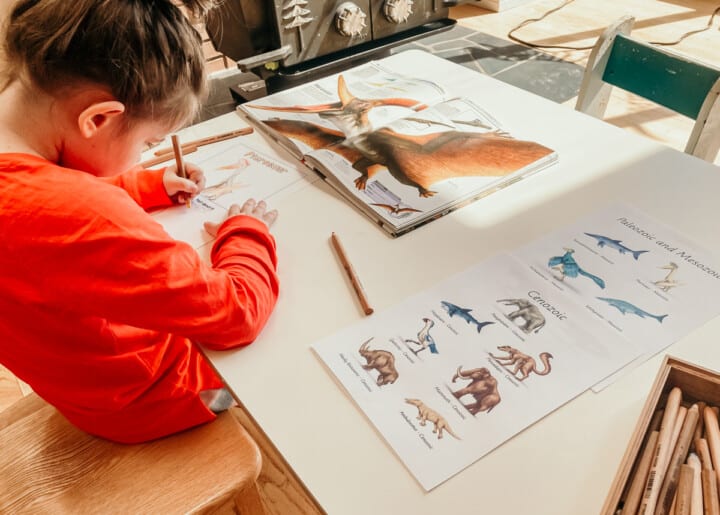
Montessorikiwi
Receive a 16% Off Coupon + shop Montessori printables.
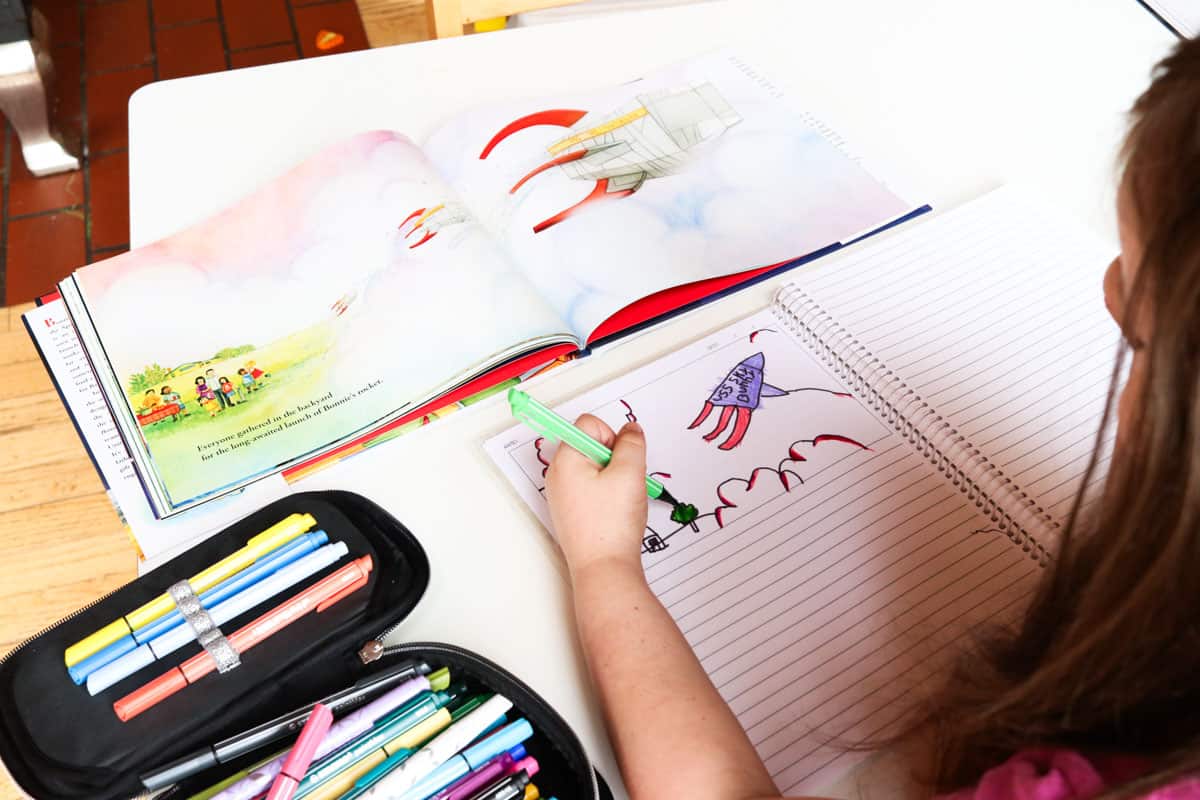
Receive $10 off your first Erin Condren purchase and pick up a handwriting and story journal to use with your favorite picture books, for research, or creative writing. Kaia uses picture books such as Bonnie's Rocket for inspiration.
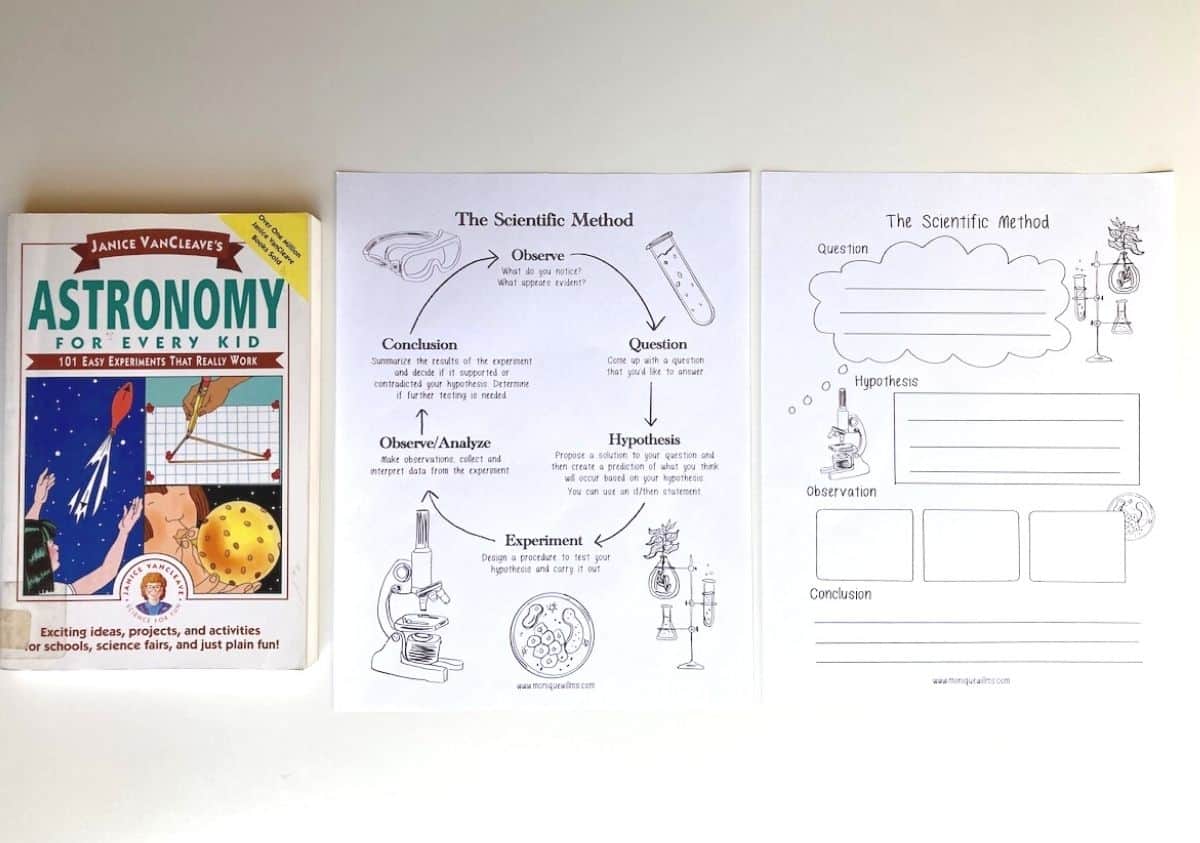
History of the Universe: Follow-Up Experiments and Scientific Method Records
- Astronomy Experiments (Montessori Elementary Curriculum Resource)
- Scientific Method Package
We use the Scientific Method printable with our Astronomy For Every Kid experiments and we're really enjoying it. The kids like the word hypothesis and they love guessing what the conclusion will be.
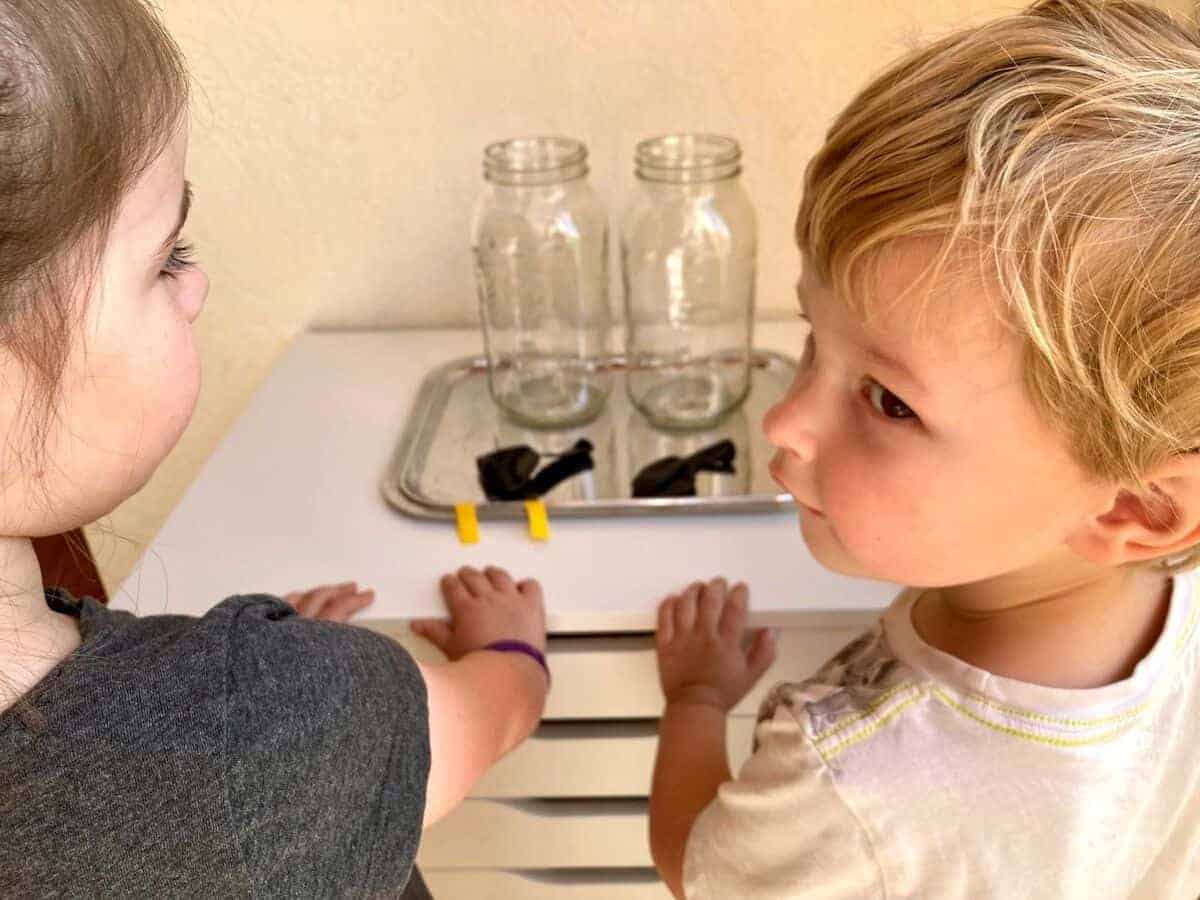
They were really interested in black holes after learning about the star life cycle. As a result, they did Experiment #60 from Astronomy for Every Kid. This was a great resource for learning more about how black holes are formed. Super cool. I helped them understand how to use the printable with their experiment. They recorded their findings as they completed each step of the scientific method.
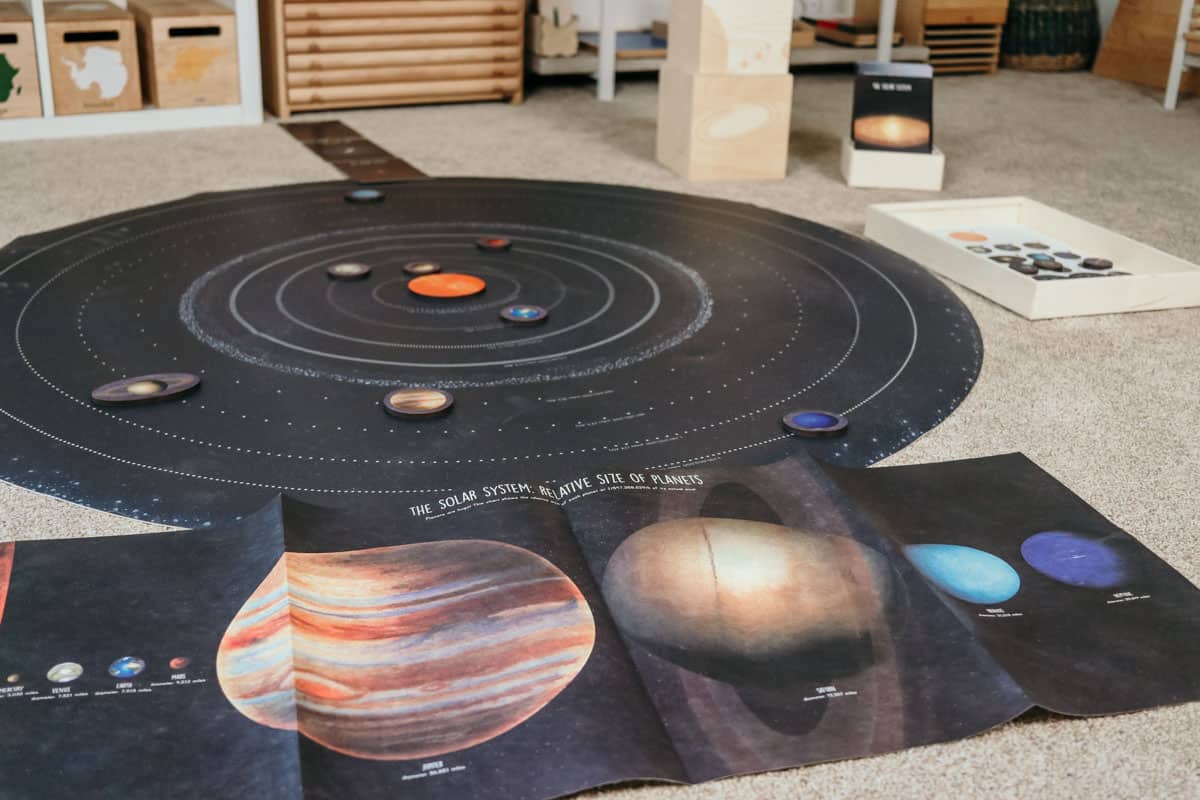
Waseca Biomes Solar System Mat
The Waseca Biomes Solar System Mat contains a large mat of the solar system from the sun to Kuiper Belt. The mat comes with wooden parts of the solar system, 3-level fact file cards, and several charts to encourage exploration.
This is the ultimate out-of-the-box solution for exploring the solar system. Pair with the nesting boxes for lessons that promote an understanding of the interconnectedness of everything.
Save $15 on your first Waseca Biomes purchase here.
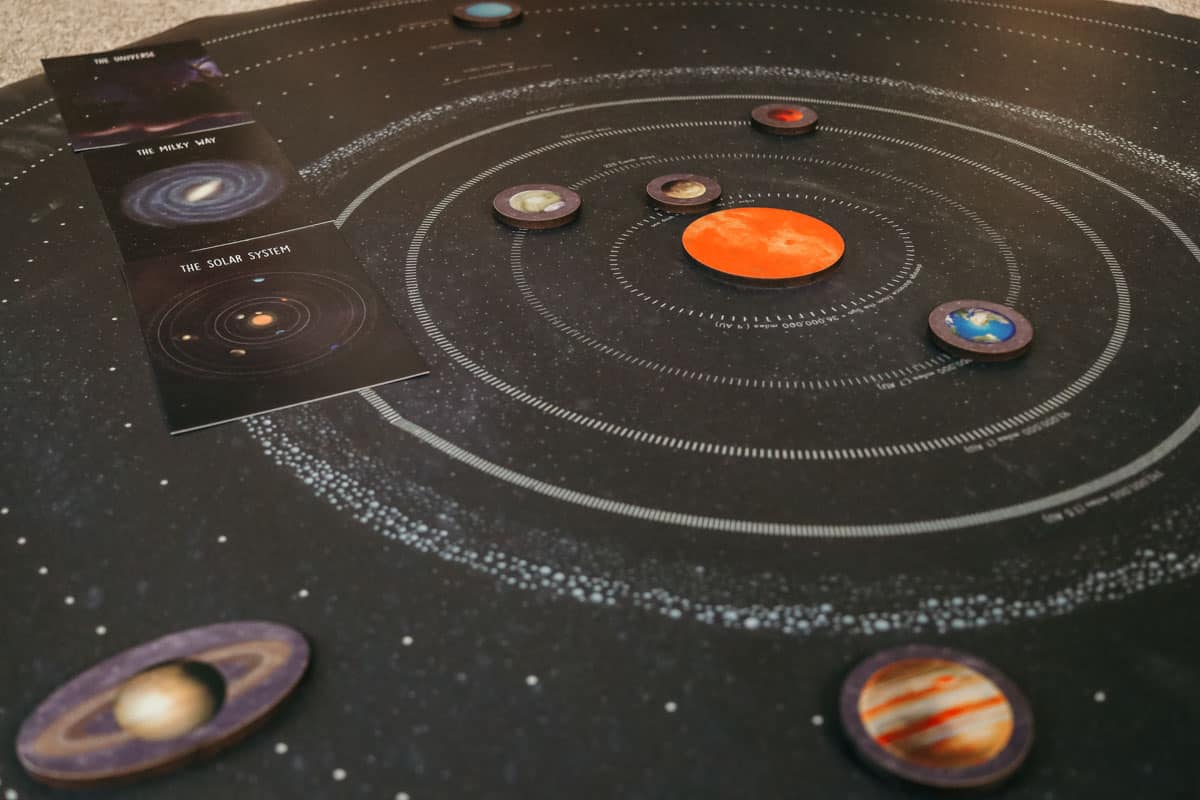
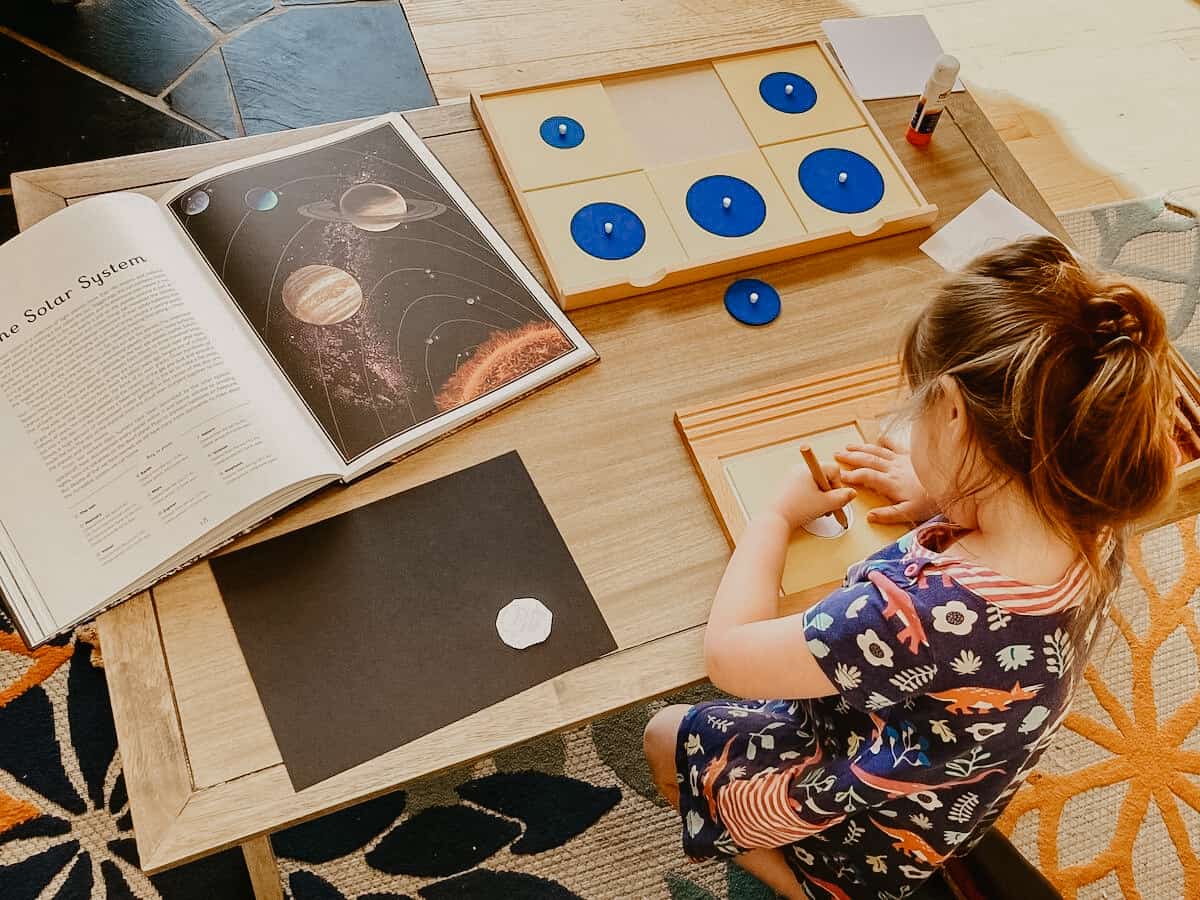
DIY Solar System Using Montessori Geometric Cabinet
We already have a DIY Solar System mat. As a result, Kaia decided to trace some planets using the Geometric Cabinet. She used a page about the Solar System from this gorgeous Planetarium book. Soon after, her brother joined in.
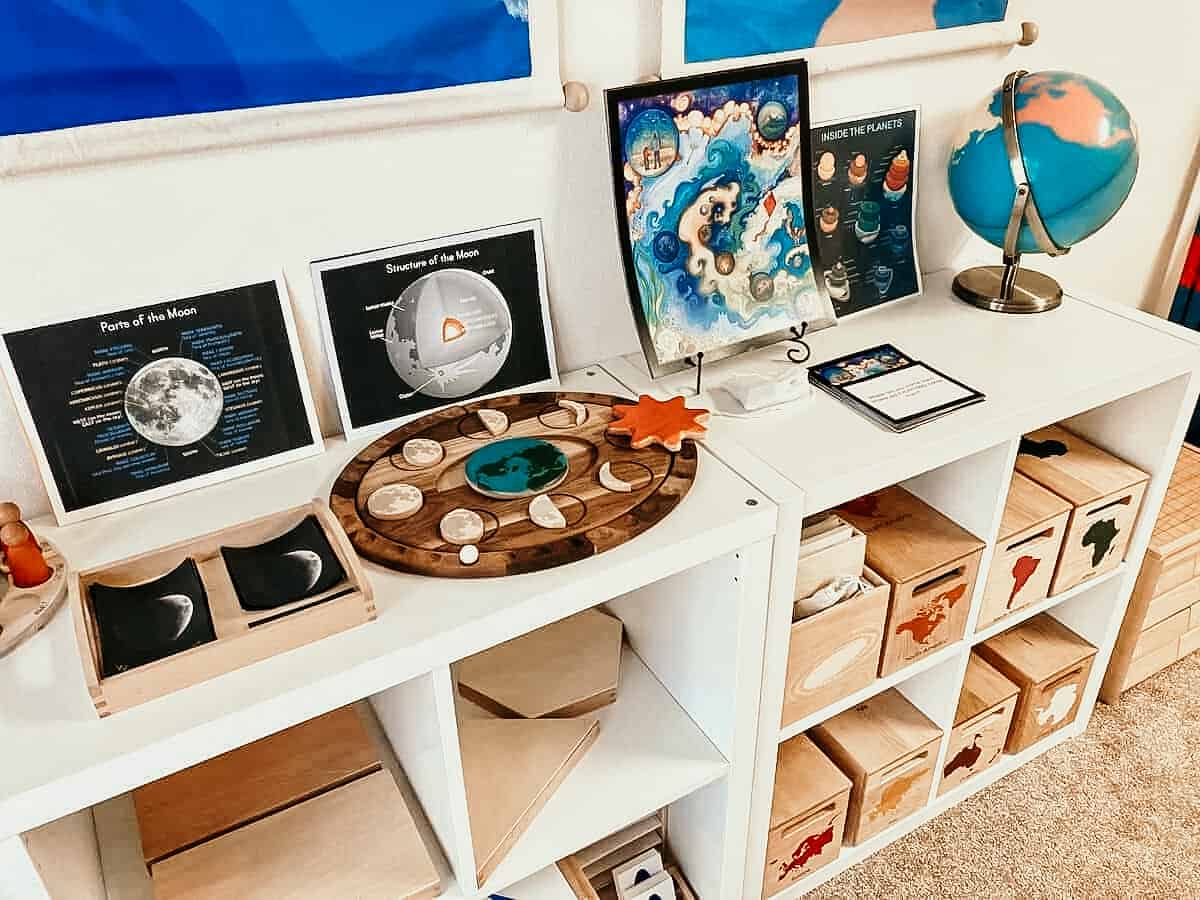
Moon Calendar and Shelf Work, Cosmic Story Cards, and Solar System Materials
This area has our Calendar and Geography shelves. It's such a beautiful and inviting space in our homeschool.
The kids are really enjoying the addition of the Moon Phases Puzzle as part of their Calendar work. The Parts of the Moon diagram, Structure of the Moon diagram, and the matching Phases of the Moon Nomenclature Cards come with this gorgeous Moon Phases Puzzle and Calendar.
The large storytelling cards and sequence cards are part of our Waseca Biomes Cosmic Story Mat we showed at the beginning of this post.
The Inside the Planets printable on the far right is also beautiful. It's a subscriber freebie for homeschoolers that we received from Mirus Toys.
Save $15 on your first Waseca Biomes purchase here.
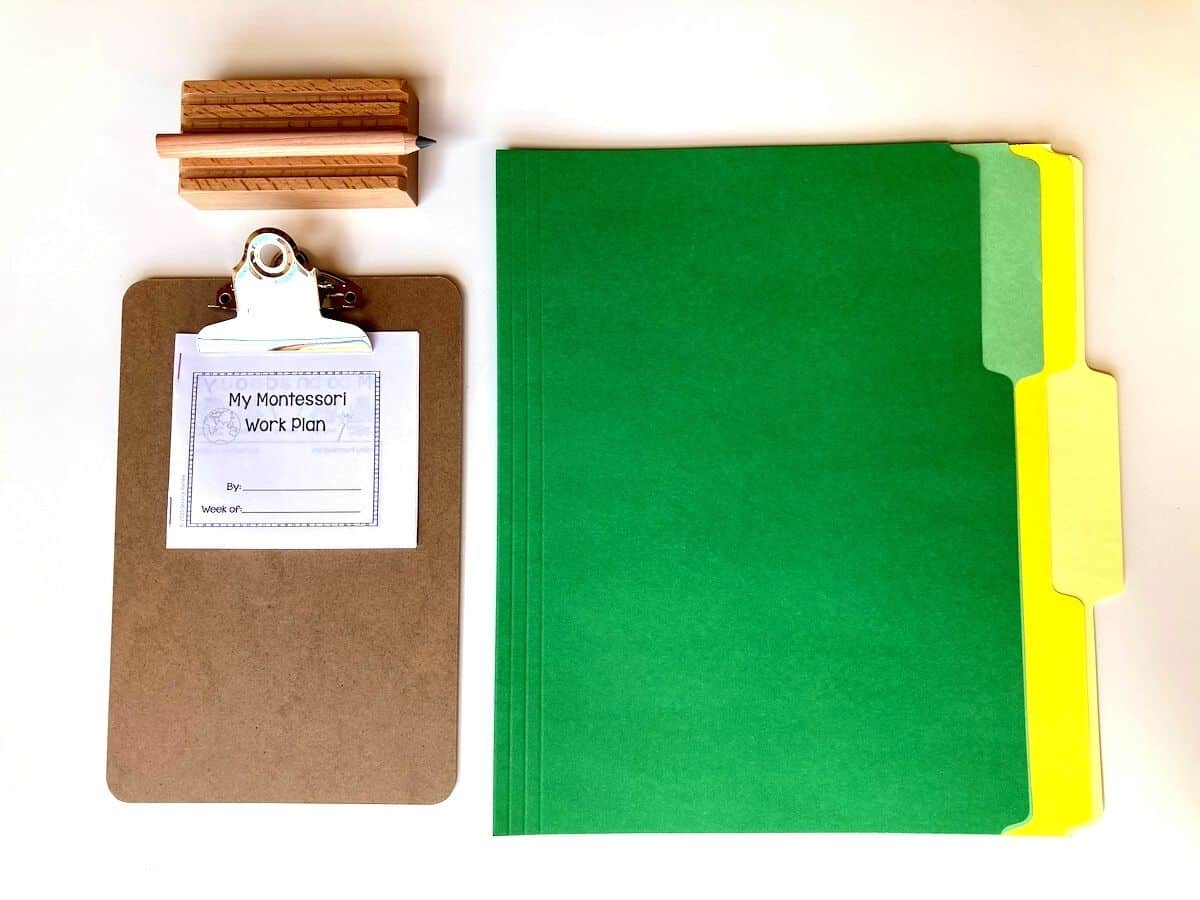
Montessori Work Plan, Review, and Folders for Ongoing and Completed Work
This is how Kaia and Noah document their work for each week. They use these folders to keep track of it. They fill out the Montessori Work Plan at the end of their day. The folders are for ongoing work and completed work.
History of the Universe: The Montessori First Great Lesson Conclusion
We hope you've enjoyed seeing this history of the universe activities. Using the Montessori Elementary Curriculum Resources, we put together a great mix of books, printables, and materials for a variety of hands-on experiences. There are a lot of directions you can take with The Story of the Universe. This is how we did it and the kids are really immersed in their work.
Don't forget, we also have an awesome collection of Montessori Books About the Universe and a great family read aloud in George's Secret Key to the Universe. I highly recommend it for all ages. We can't get enough.
However you end up exploring the history of the universe, we hope you relax and enjoy. Science is so much fun, especially when you do it the Montessori way.
More Elementary Resources
- History of Earth for Kids: The Montessori Second Great Lesson
- Human History Timeline and Fundamental Needs
- Fourth Great Lesson Materials and Follow-Up
- Montessori Fifth Great Lesson Materials and Follow-Up
- How to Honor Native Americans at Thanksgiving and in Homeschool
Thanks for stopping by!
- Kristin
History of the Universe for Kids
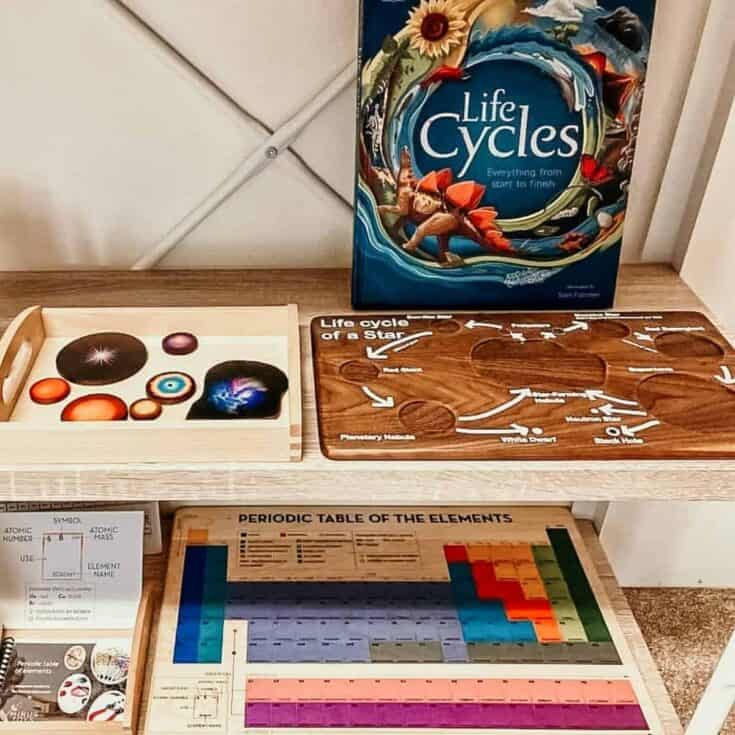
Explore Astronomy with the Montessori First Great Lesson Materials & Follow-Up Family Unit. The Universe, Big Bang, Star Life Cycle, Stellar Nucleosynthesis, Constellations, Phases of the Moon, Structure of the Moon and most subjects. These kids Astronomy activities are comprehensive and all you need to keep children interested in space year round.
Books, Household Items, Hands-on Materials, & Printables
Materials
- The Elements
- Molecules
- Reactions
- George’s Secret Key to the Universe
- Remember
- Coyote in the Sky
- Born with a Bang
- Children of the Universe
- Life Cycles - Everything from Start to Finish
- Zoo in the Sky
- Glow in the Dark Constellations
- What We See in the Stars
- National Geographic Space Sticker Book
- Astronomy for Every Kid
- Planetarium: Welcome to the Museum
- Balloon
- Candle
- Lighter
- Honey
- Water
- Food Coloring (any color)
- Olive Oil
- Mirus Toys Life Cycle of a Star Puzzle
- Mirus Toys Stellar Nucleosynthesis Hands-On Demonstration
- Mirus Toys Periodic Table Puzzle
- Mirus Toys Periodic Table Booklet
- Mirus Toys Bohr Atomic Model Board
- Mirus Toys Constellation Tiles
- Mirus Toys Moon Phases Puzzle - Moon Calendar
- Waseca Biomes Continent globe
- Waseca Biomes Cosmic Story Mat
- Waseca Biomes Solar System Mat
- Waseca Biomes Parts of the Biome Readers
- Watercolor Paints
- Watercolor Paper
- Paintbrushes
- Montessori Geometric Cabinet
- Star Wars Mandalorian N-1 Starfighter Microfighter
- Star Wars Mandalorian and The Child Brick Headz
- Erin Condren Kids Handwriting and Story Journal
- Bonnie's Rocket
- Plasma Reader printable
- Plasma Three Part Cards printable
- Four States of Matter Sorting printable
- Stellar Nucleosynthesis Cards printable
- Constellations 3-Part Cards & Seasons Sorting printable
- First Great Lessons Story Starters printable (FREE)
- Stellar Nucleosynthesis Coloring printable
- Scientific Method Package printable
- Moon Phases Three Part Cards printable
- Mirus Toys Inside the Planets printable (FREE)
- Montessori Work Plan printable
Tools
- See Materials List
Instructions
- Deliver the First Great Lesson, prompting children to complete the Laws of the Universe Experiments when appropriate. Use Born with a Bang, Children of the Universe, the Continent Globe, and household items found in materials list.
- The following day, revisit the First Great Lesson using the Cosmic Story Mat. Complete as many of the activities for the Cosmic Story Mat as the children are interested in and revisit additional lessons at another time.
- Children can explore relevant Parts of the Biome Readers to reinforce content.
- Draw inspiration from the Cosmic Story Mat cards or Books about the Universe to perform watercolor painting of the First Great Lesson or other interesting Astronomy topics.
- Introduce Shelf Work on the Four States of Matter for kids to complete independently or in small groups. This includes the Plasma Reader, Three Part Cards, and States of Matter Sorting Cards.
- Introduce Shelf Work on the Life Cycle of a Star, Stellar Nucleosynthesis, and the Periodic Table for kids to work on independently or in small groups. This includes the Montessori Stellar Nucleosynthesis Cards, Life Cycle of a Star Puzzle, Life Cycles - Everything from Start to Finish, Stellar Nucleosynthesis Hands-On Demonstration, The Elements Book, the Periodic Table of Elements Puzzle and Booklet, and the Bohr Atom Board.
- Introduce Constellation Shelf Work for kids to explore. This includes Constellation books, Constellation Tiles, Constellations 3-Part Cards & Seasons Sorting, and a flashlight. This is also a great time for stargazing and comparison of what is visible in the night sky to what they are learning with their hands-on materials.
- Provide additional Art and Handwriting opportunities via the National Geographic Space Sticker Book, First Great Lesson Story Starters, and Stellar Nucleosynthesis Coloring printable.
- Provide materials for additional experiment work as desired. Kids can choose from a list of topics/experiments provided in the Astronomy for Every Kid book. Use the Scientific Method Package printable for kids to document their findings.
- Include opportunities for Geometry work. This can come from the Montessori Geometric Cabinet or other Geometry materials you have in your home or homeschool. Creating the solar system, comets, asteroids, etc. are great projects to reinforce knowledge gained during studies of Astronomy.
- Introduce the Moon Phases Puzzle - Moon Calendar and Phases of the Moon Three Part Cards Shelf Work for additional Astronomy exploration.
- Use the Inside the Planets printable to stimulate interest and create a nice segue into the composition of the Earth or other planets.
- Encourage kids to use the Montessori Work plan to document their daily completed and ongoing work. This will help the child to identify areas or subjects where additional focus should be placed. It also give the child the opportunity to share how they feel about their work and what they would like to explore the following week.
Notes
Full Lesson Info and Pictures at: https://happyhomeschooladventures.com/montessori-first-great-lesson-materials-follow-up/
Recommended Products
As a member of affiliate programs, I earn from qualifying purchases.

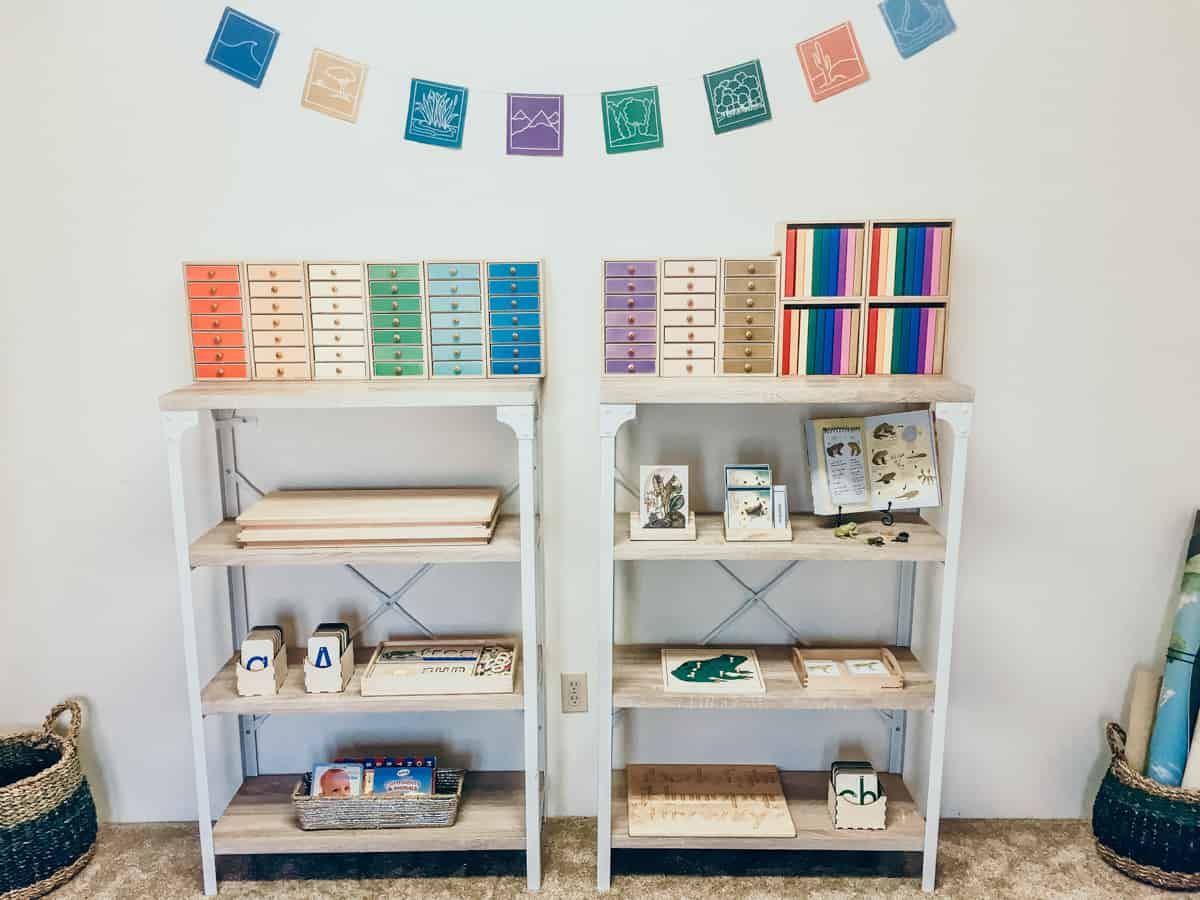
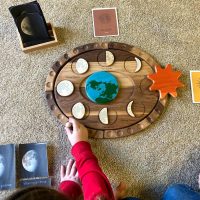
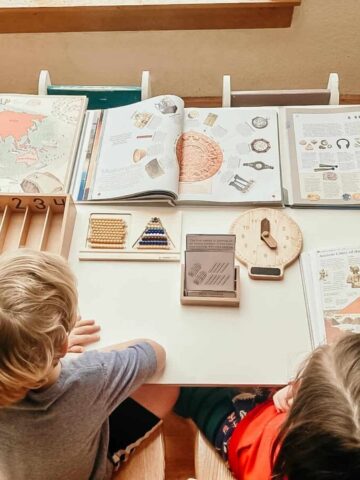

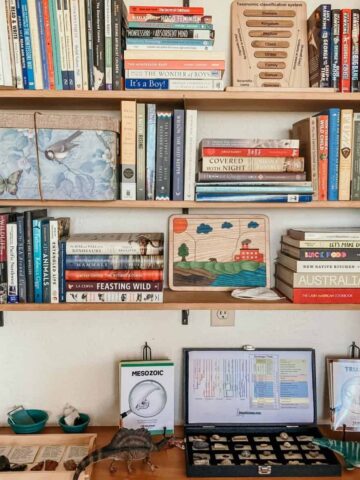
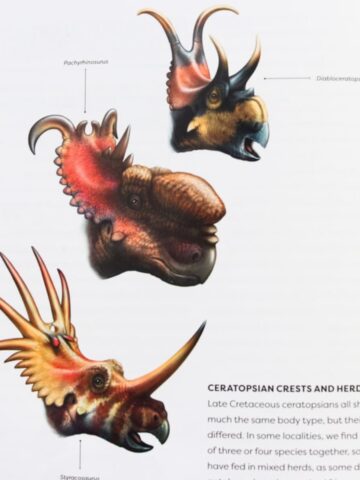
Beth
Wow! This is absolutely amazing!! Thank you!
Kristin
Thanks for the feedback. The universe is such a cool topic to explore with kids.
jamie
absolutely wonderful resources, saving for Christmas gifts for kids, thank you!
Stephanie Schebler
Homeschool mom of 7 here, thank you so this. I am always trying to improve our lessons, and this is a big help!
Kristin
You're welcome. I'm glad you are finding it useful.